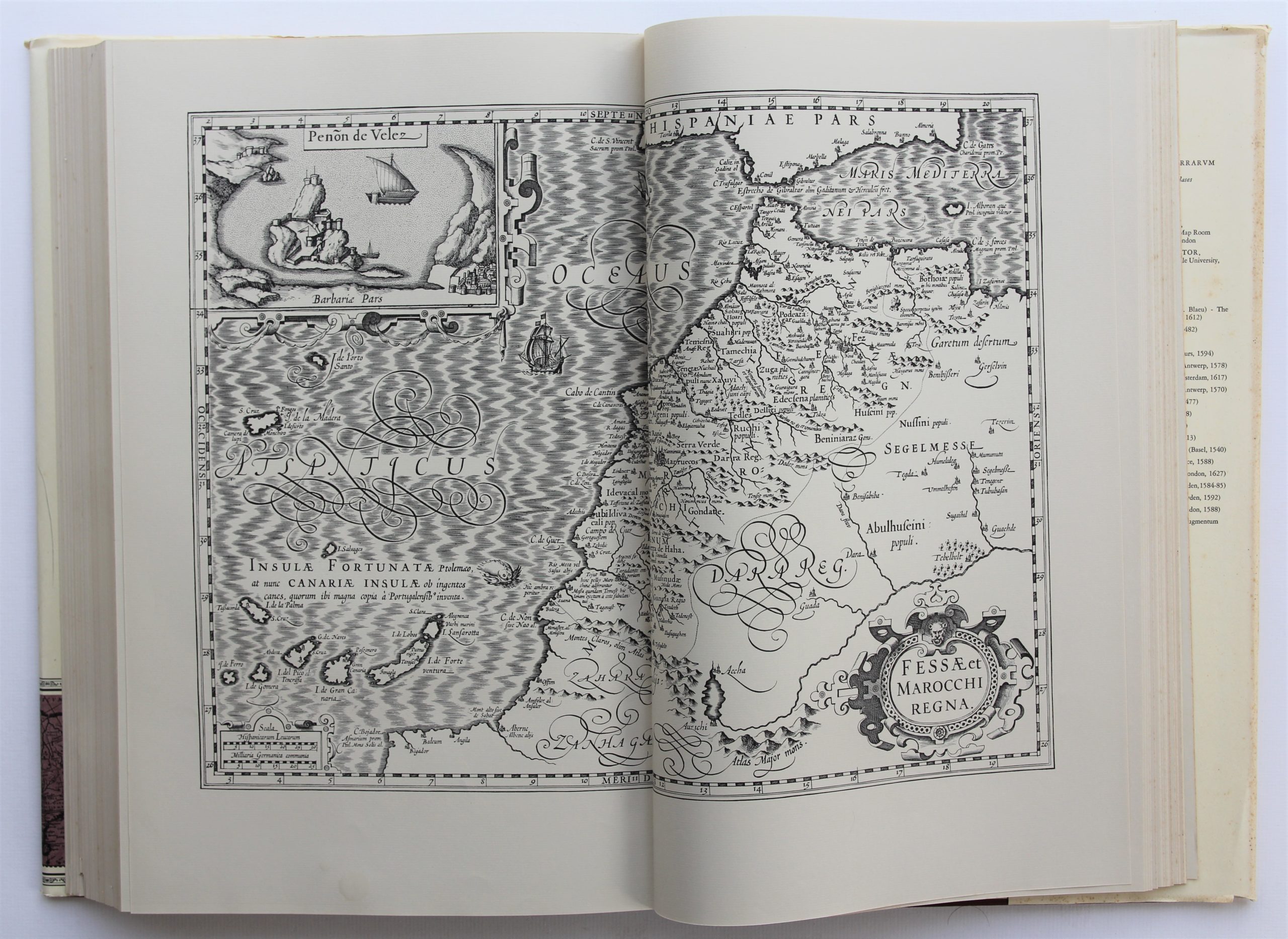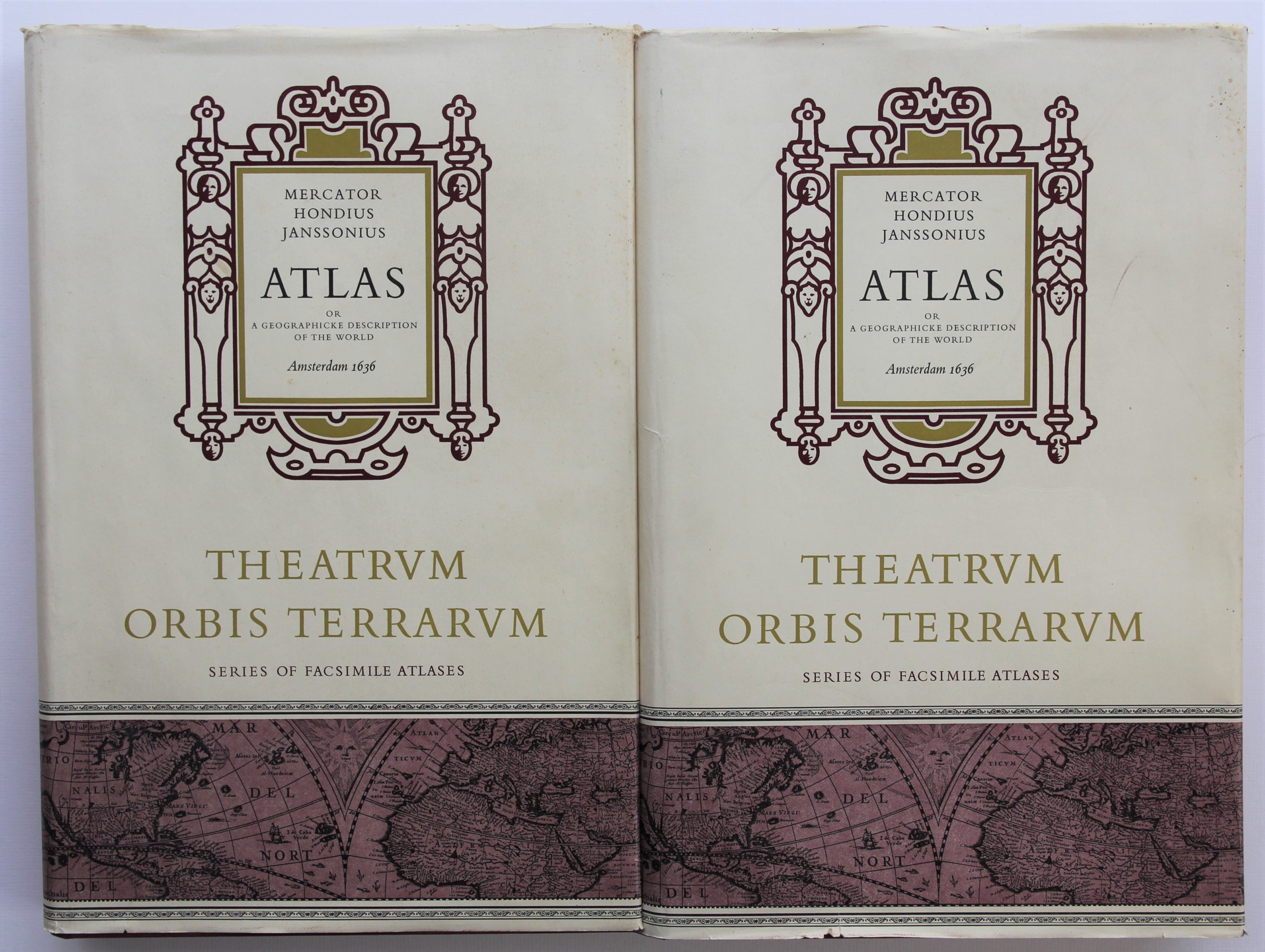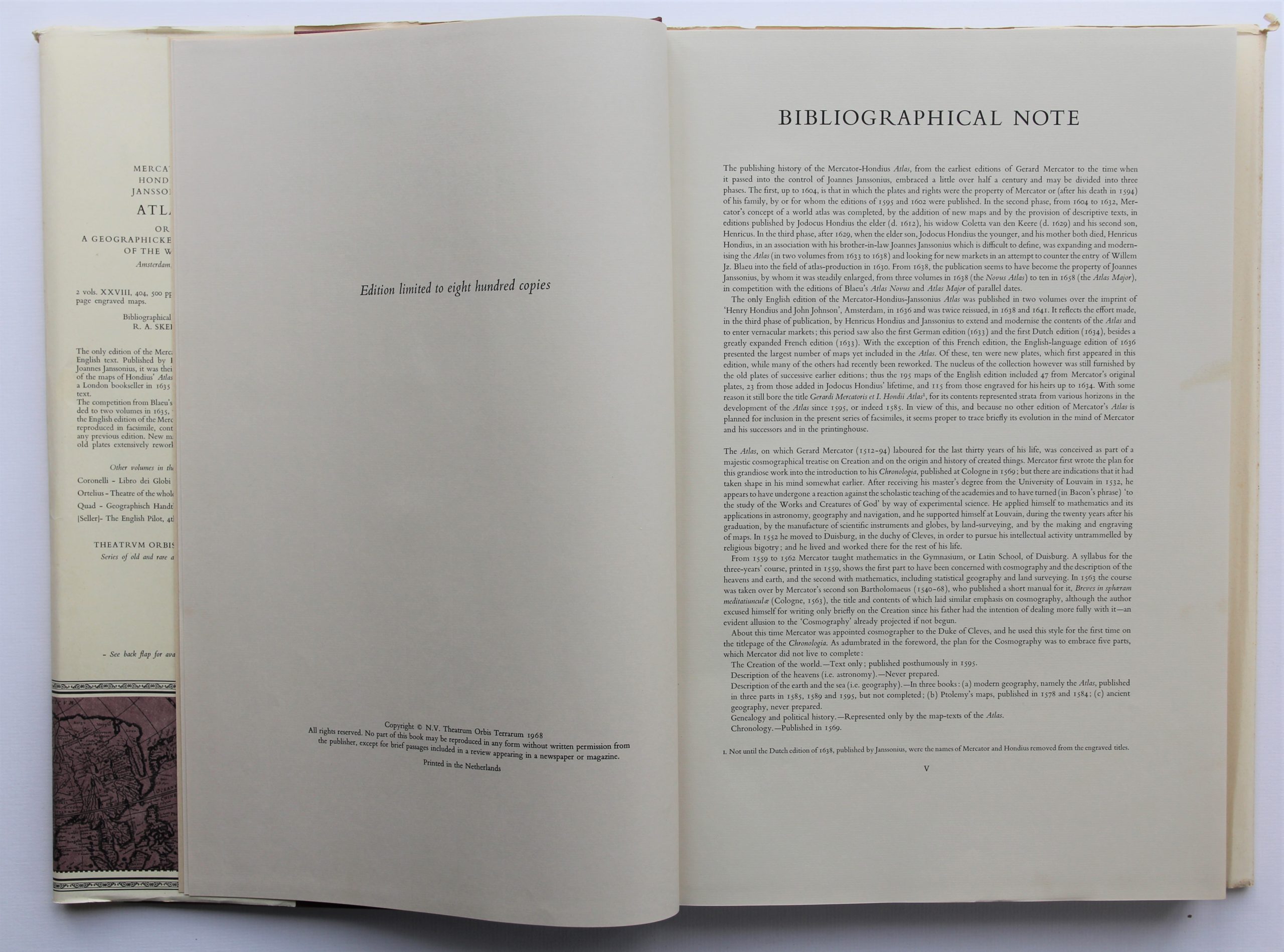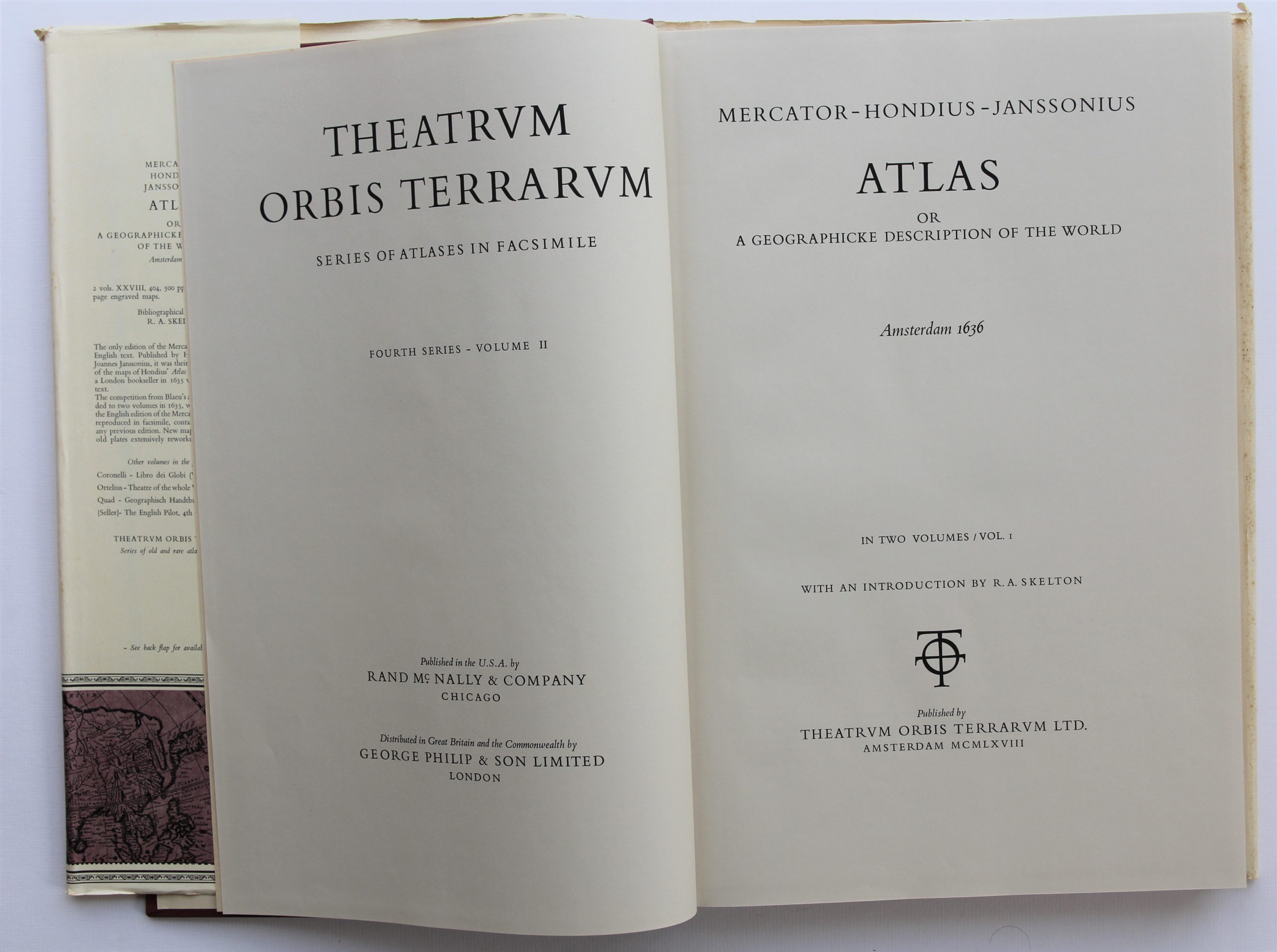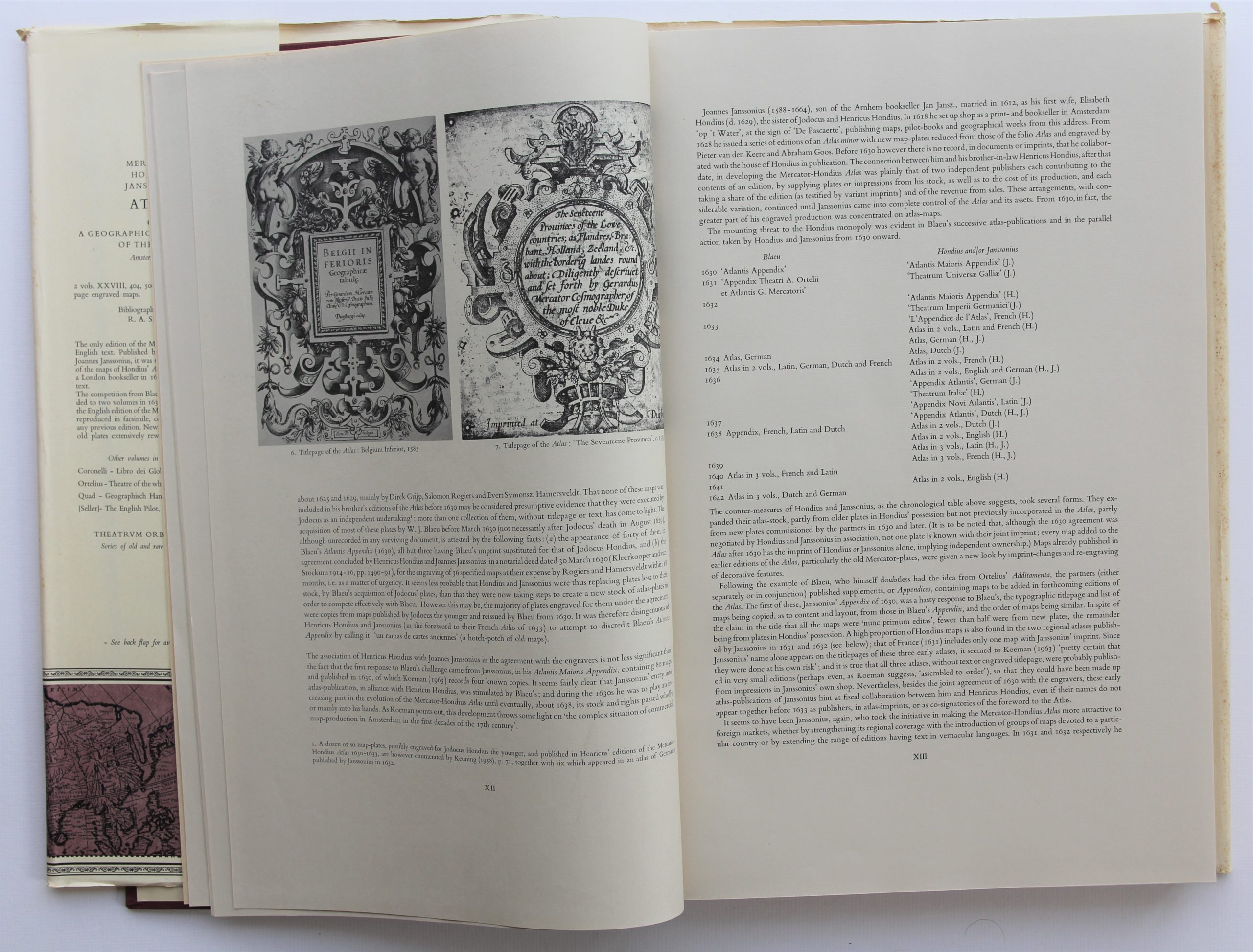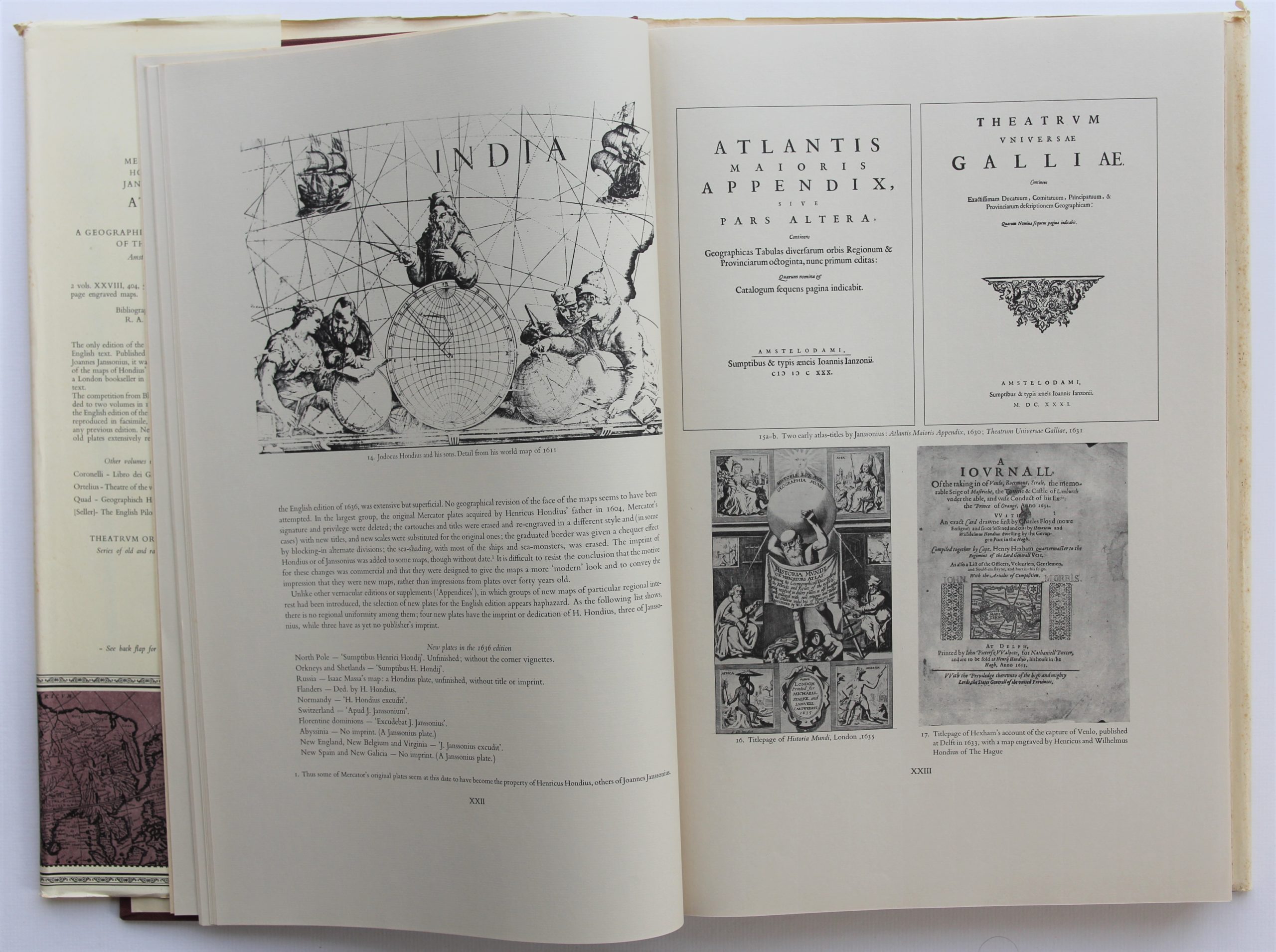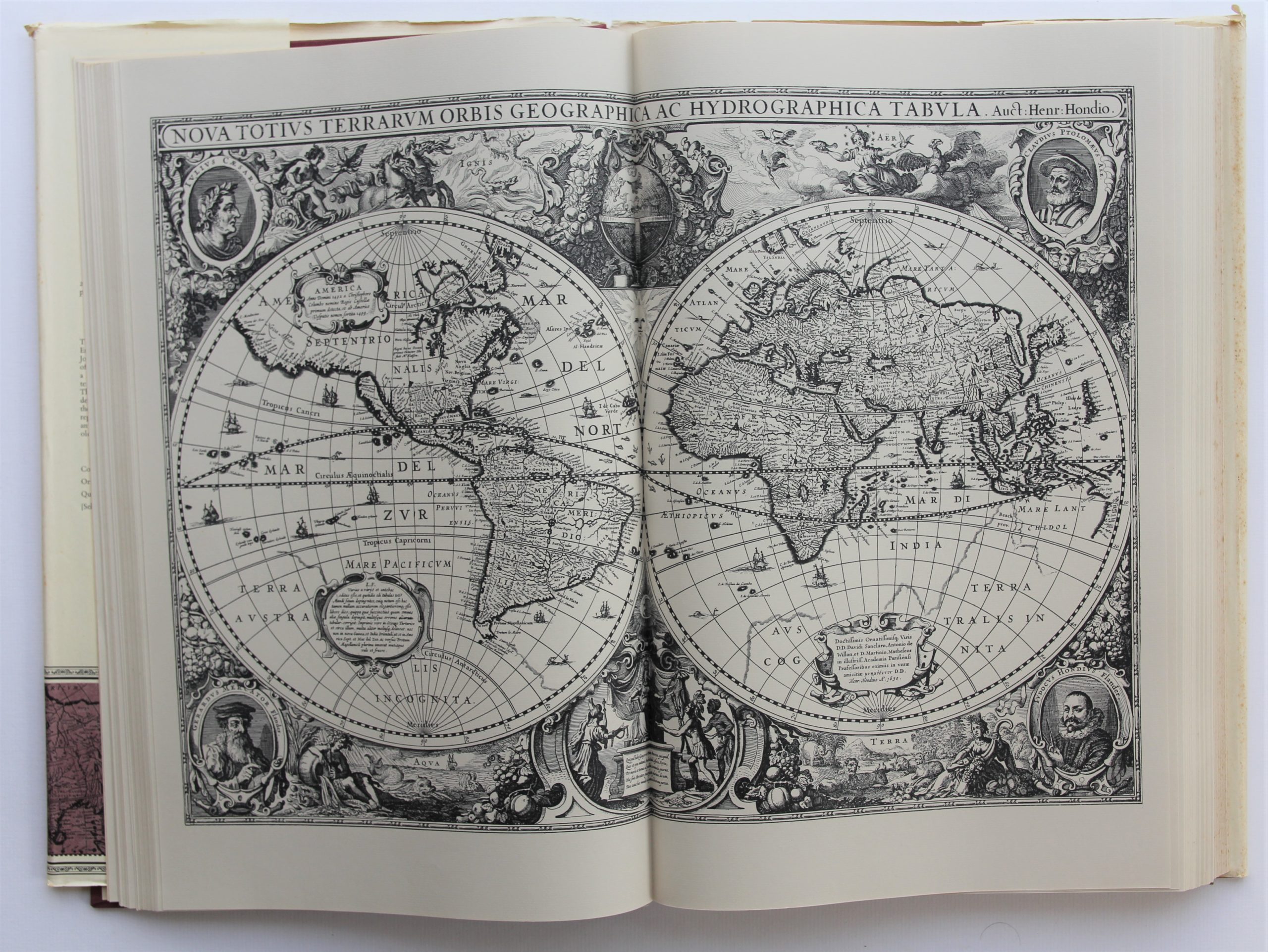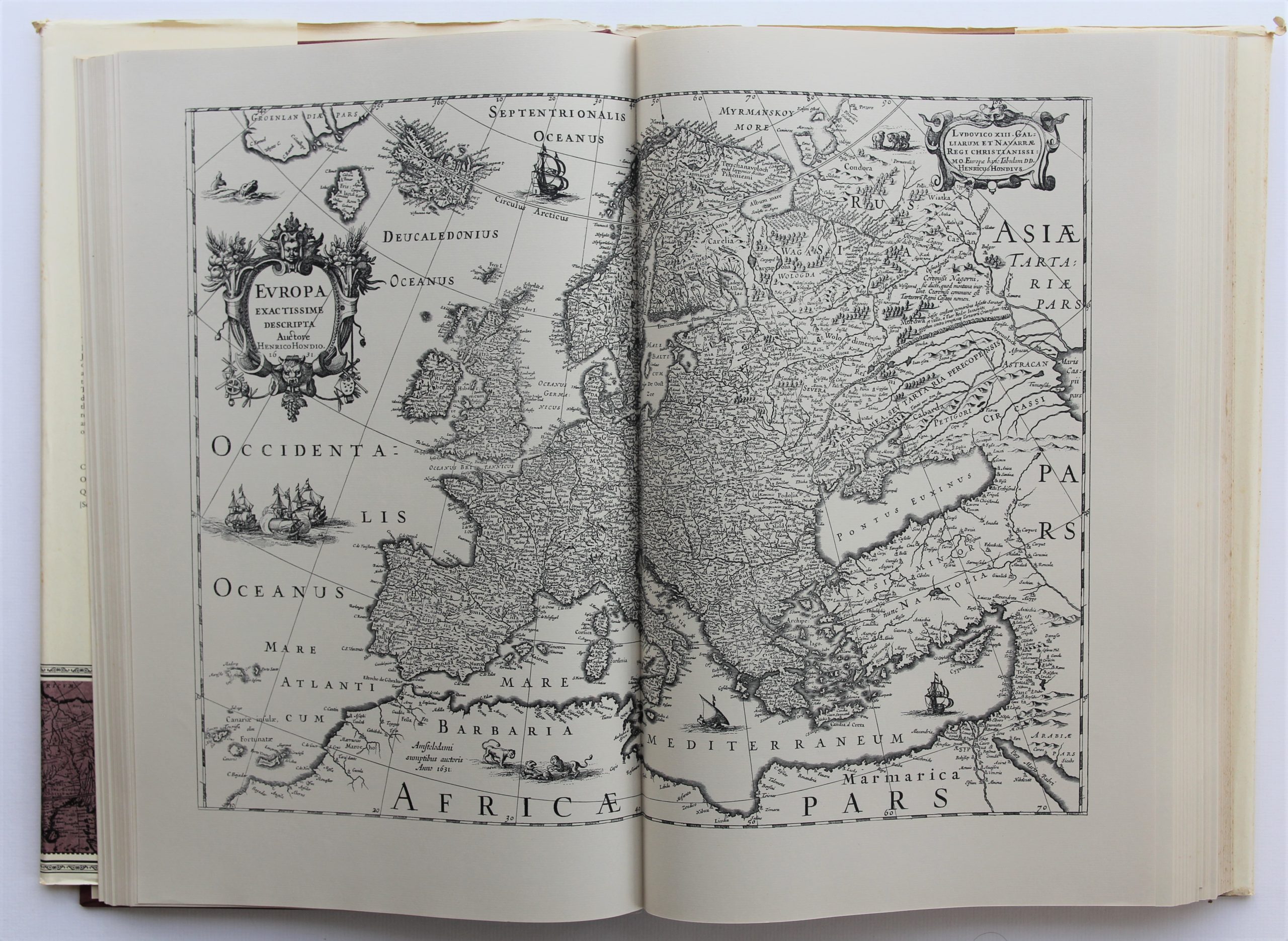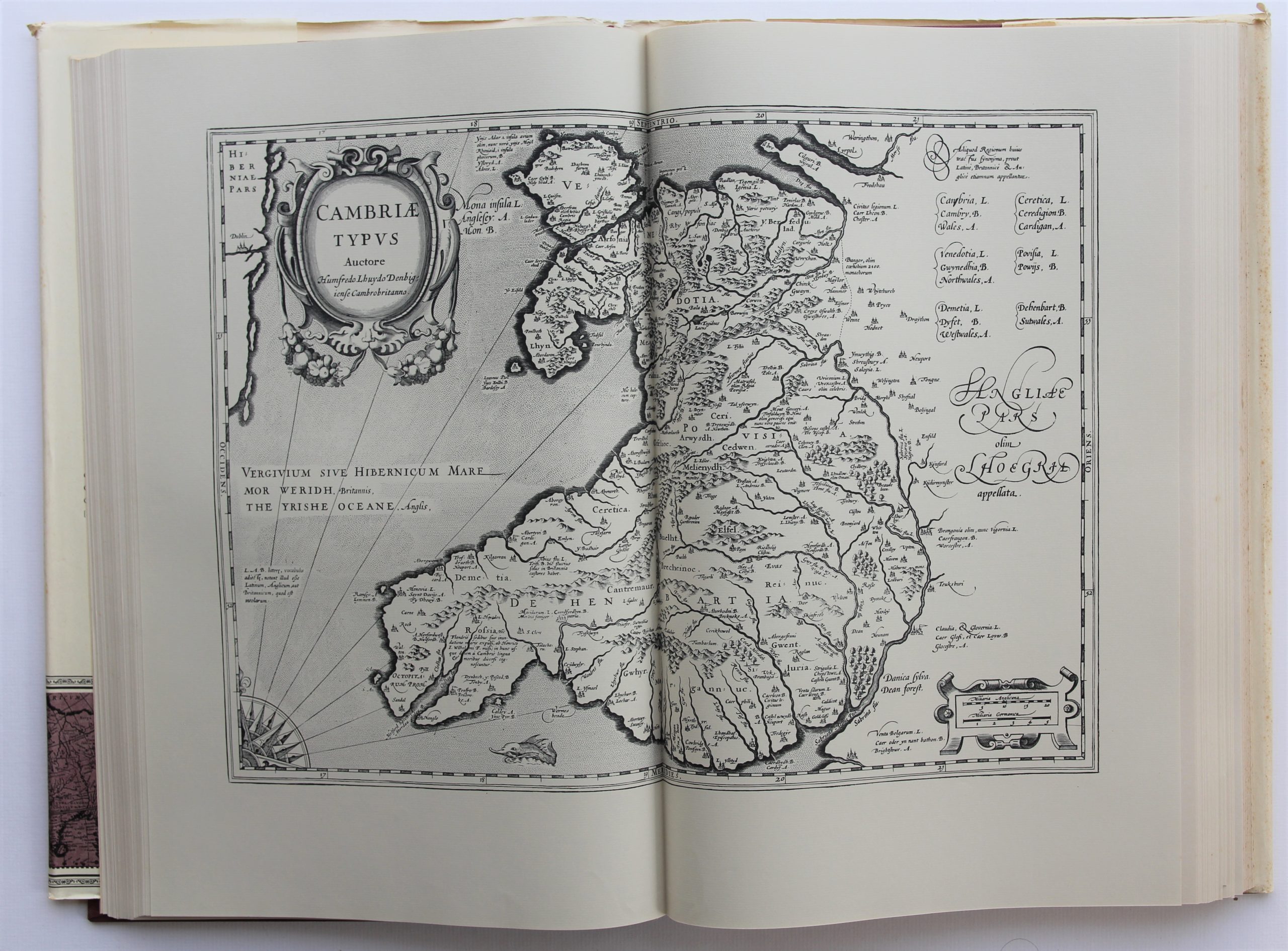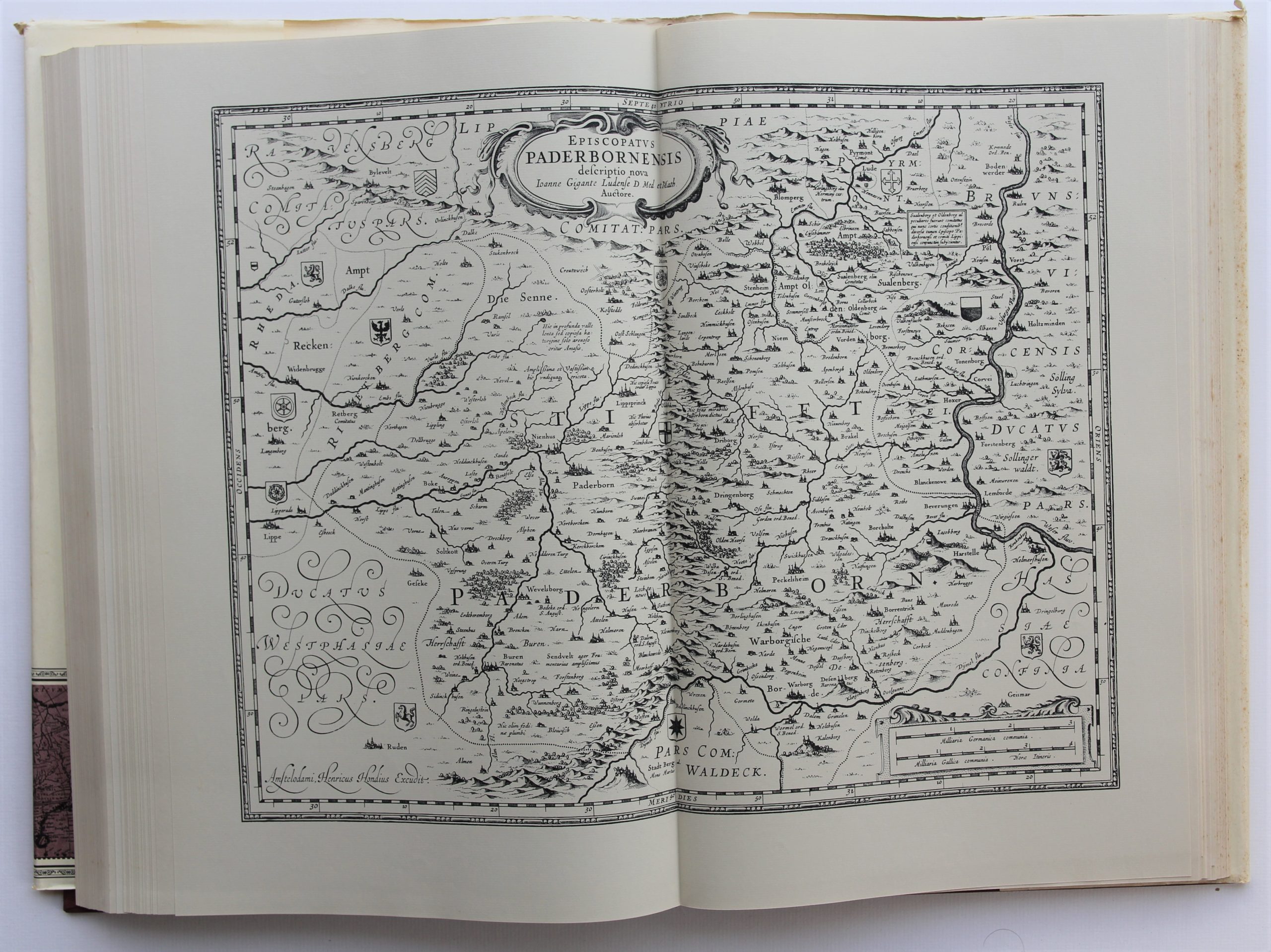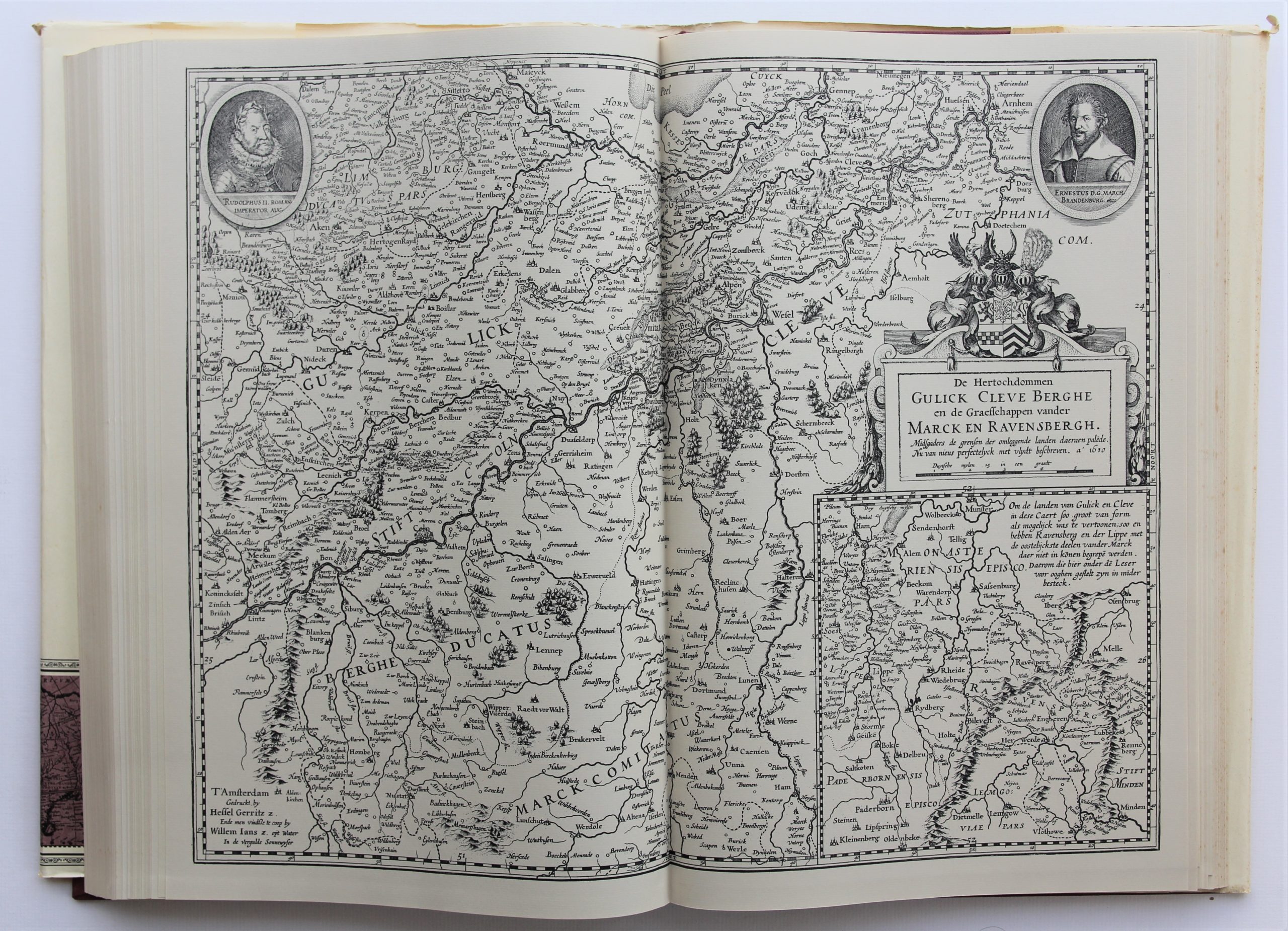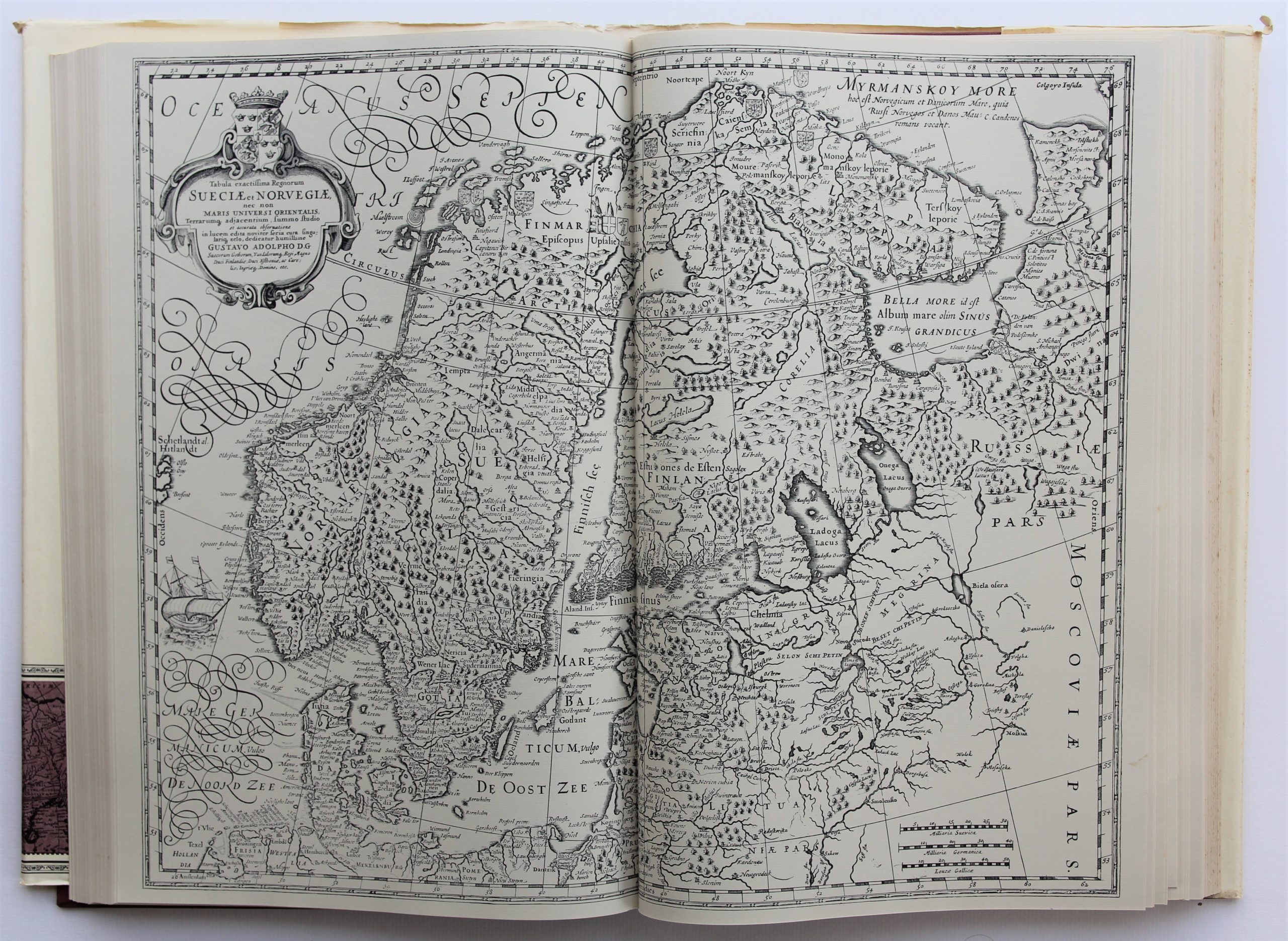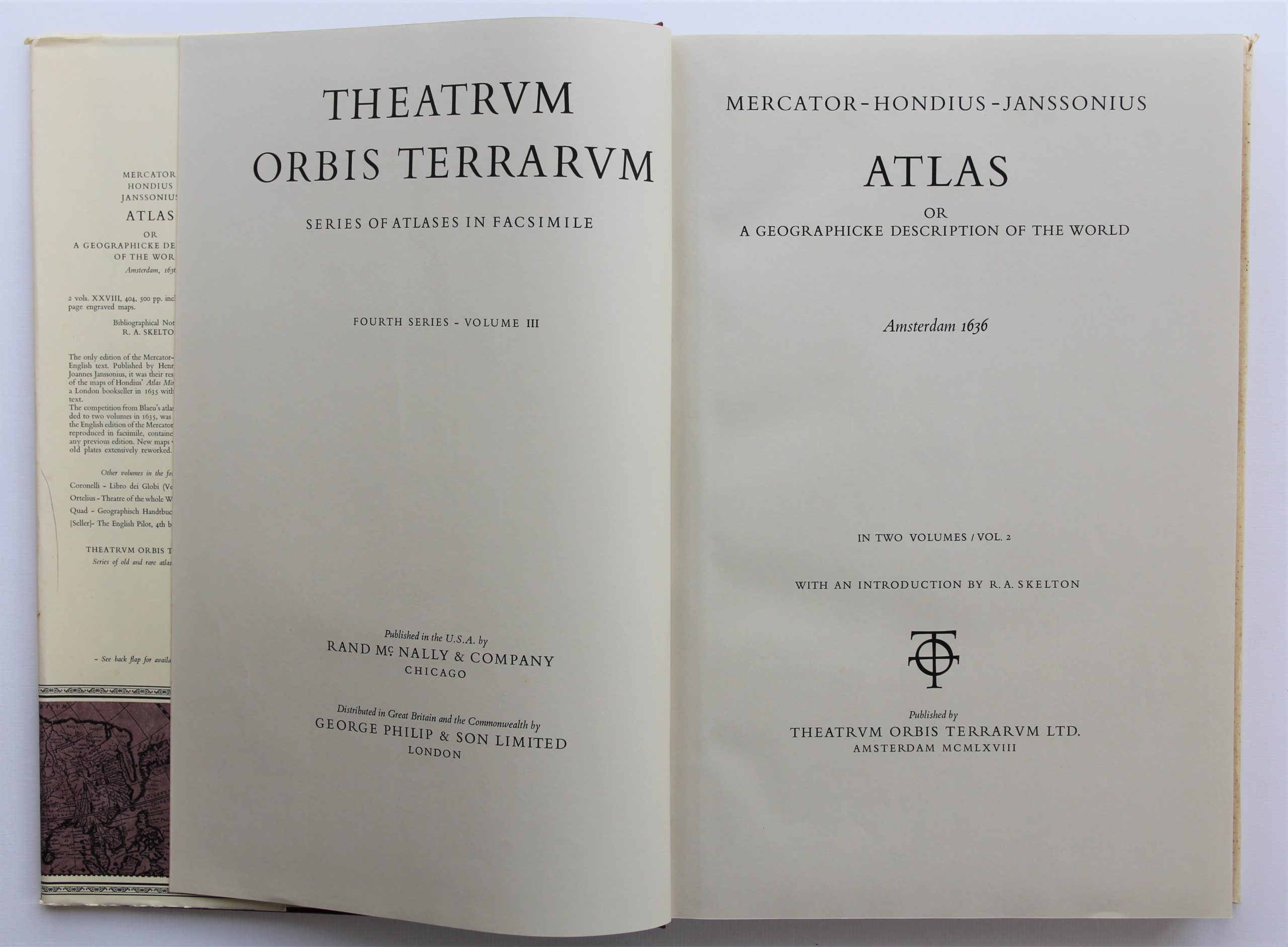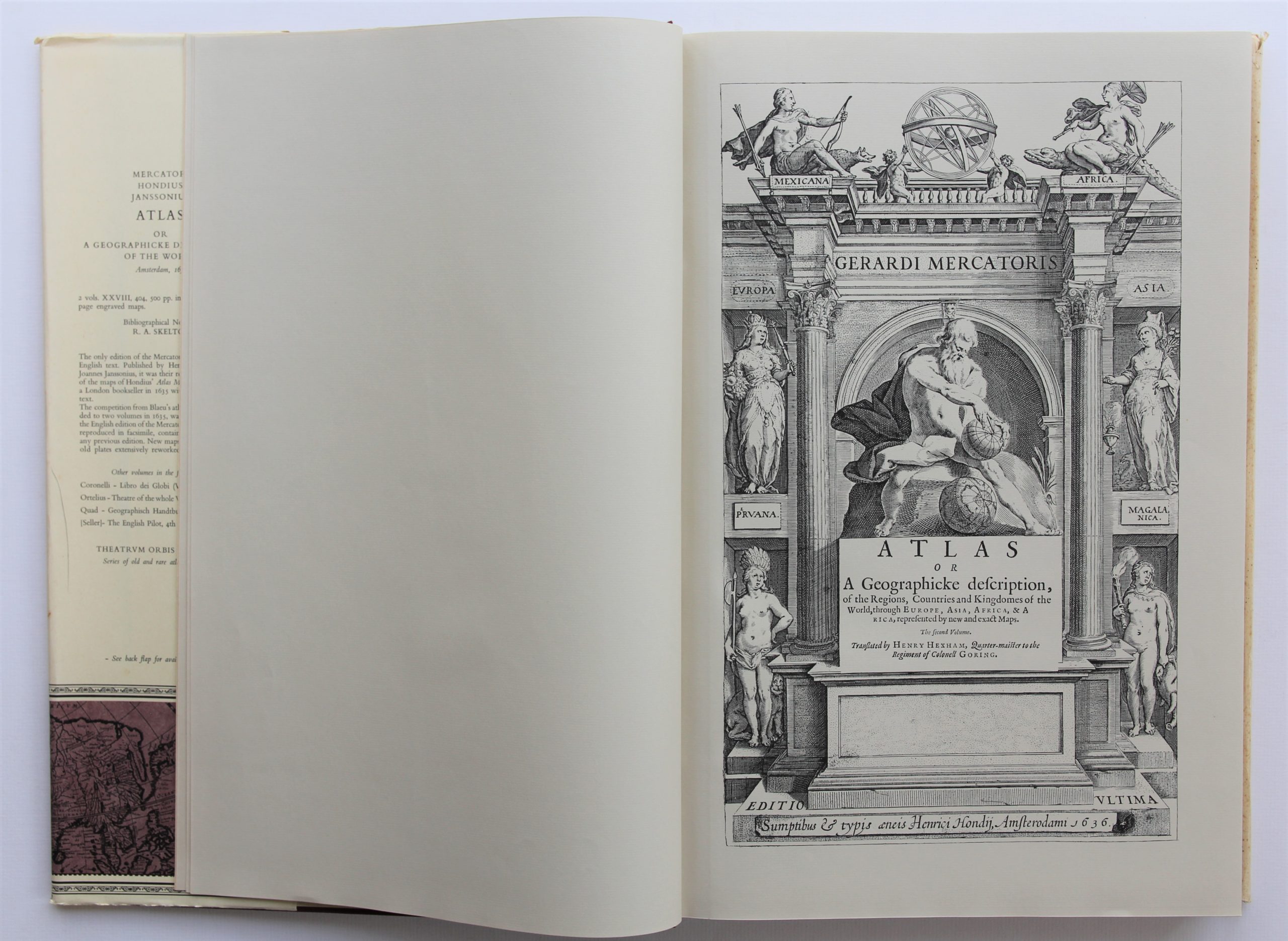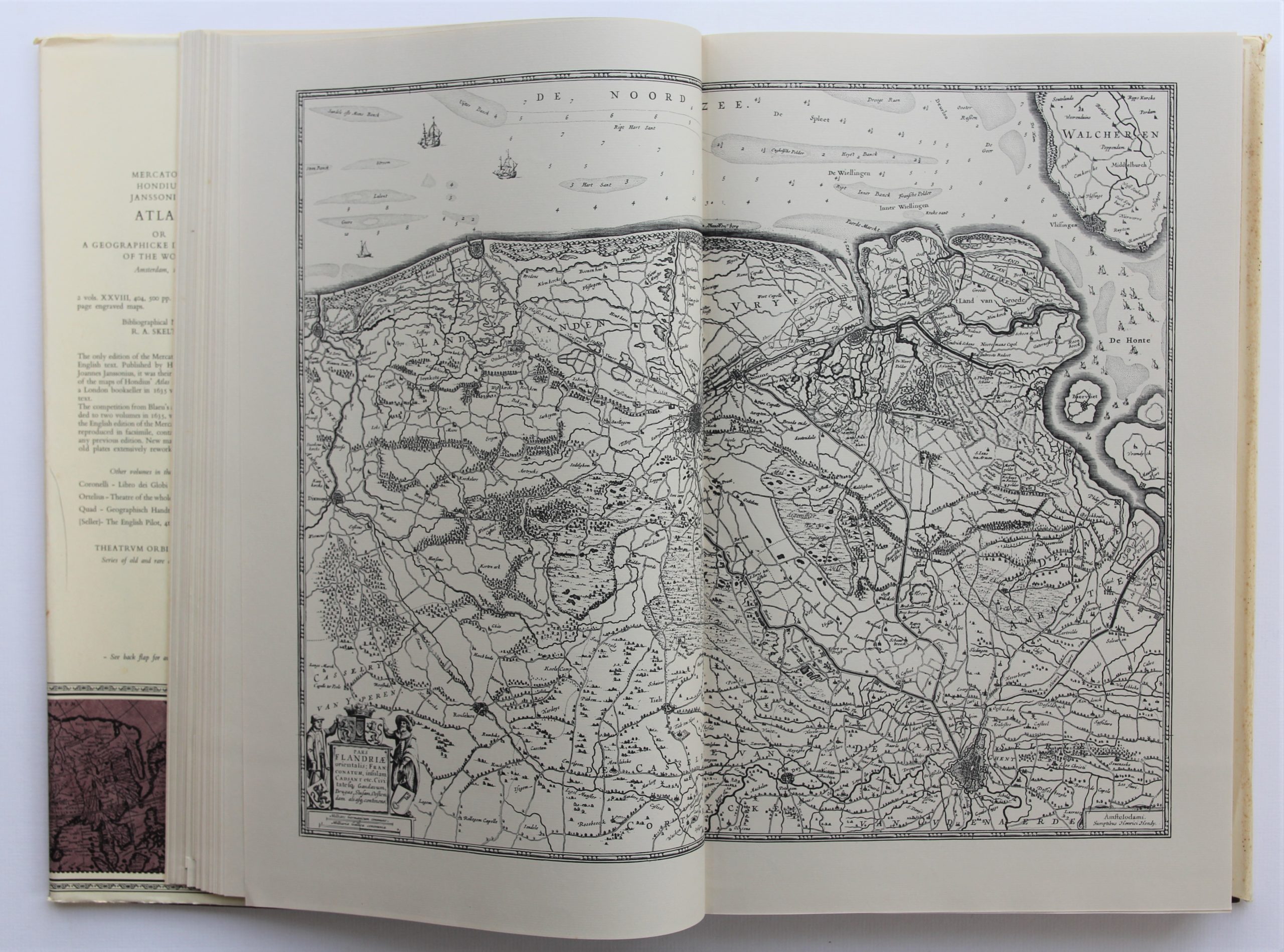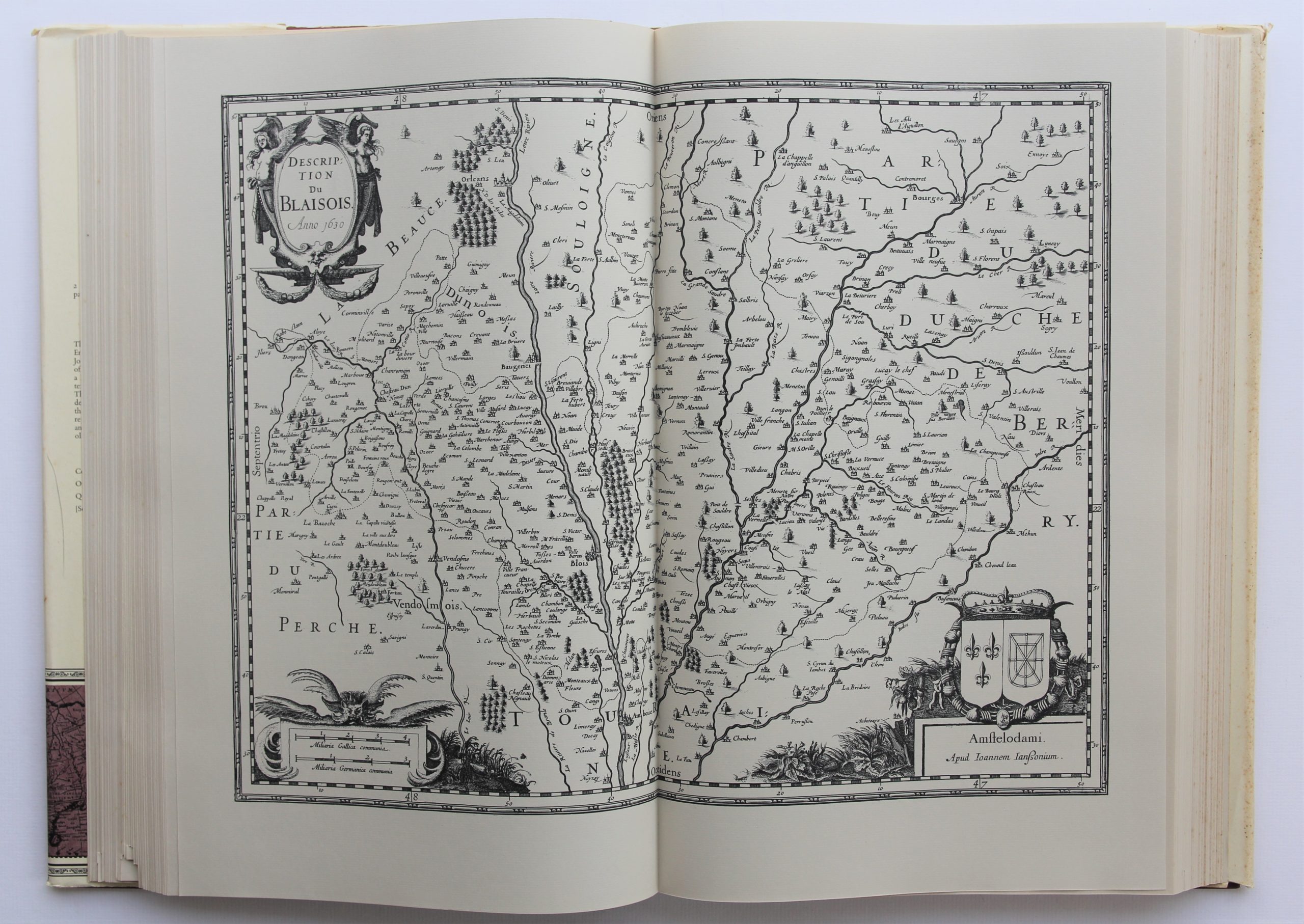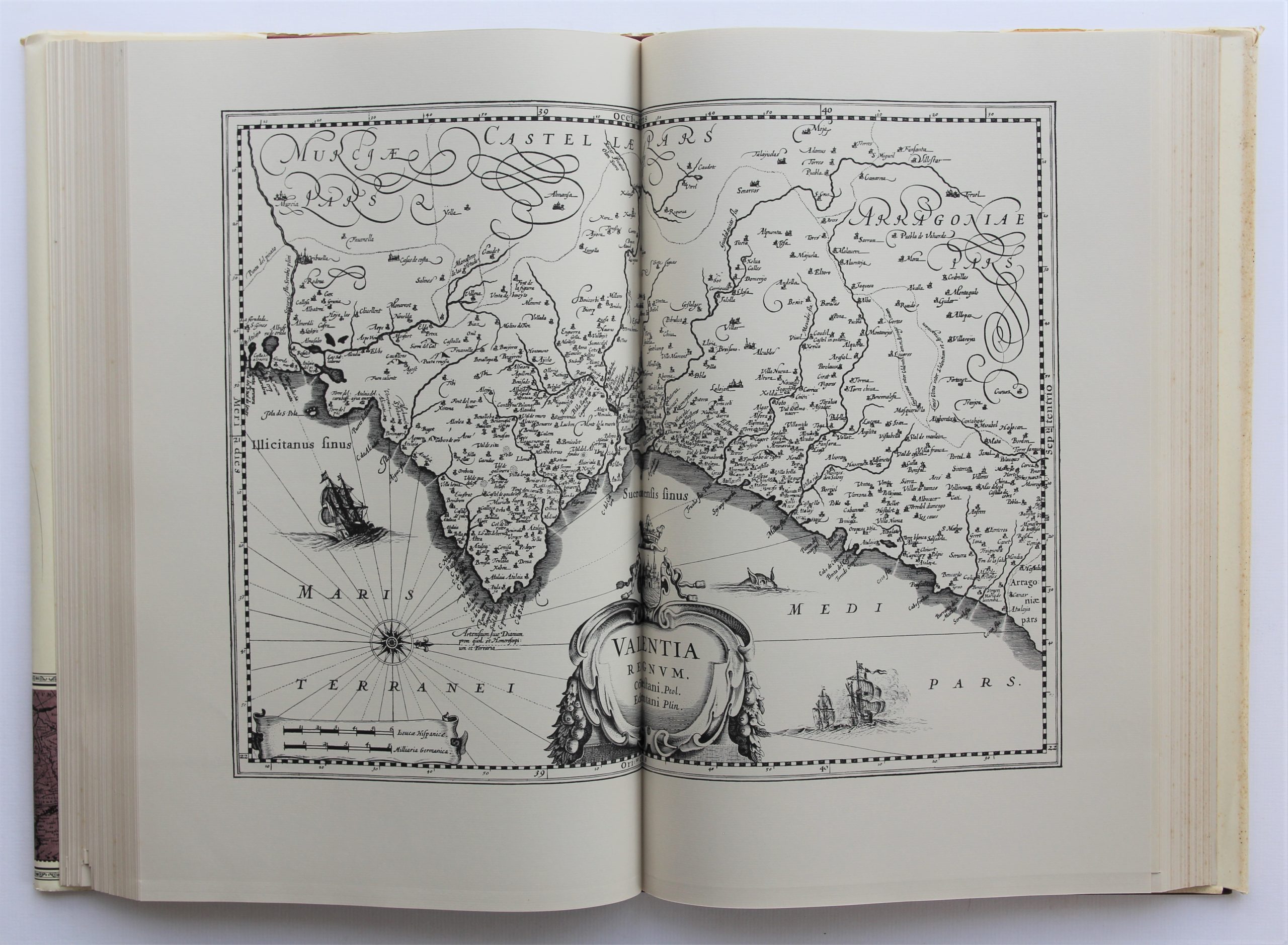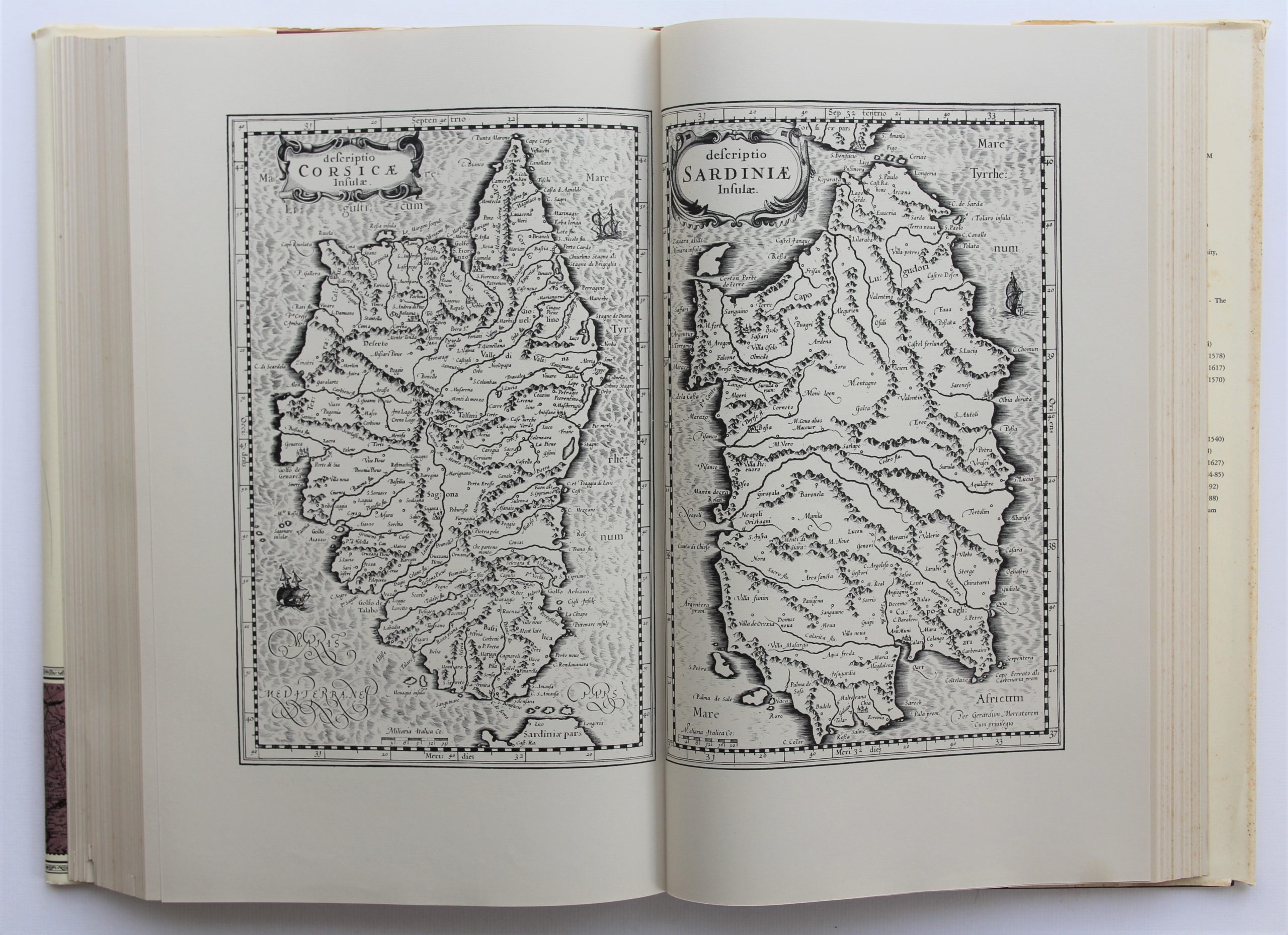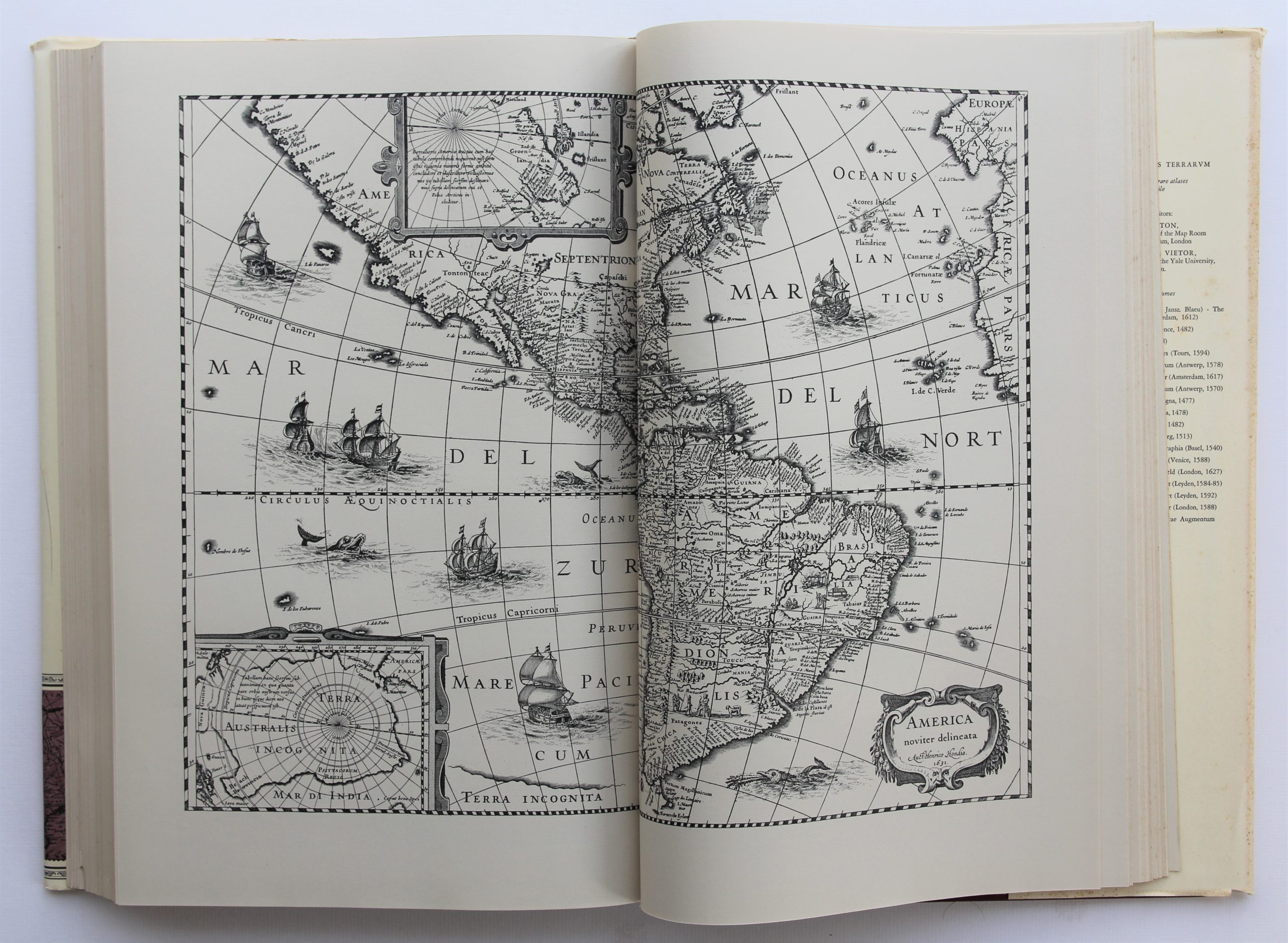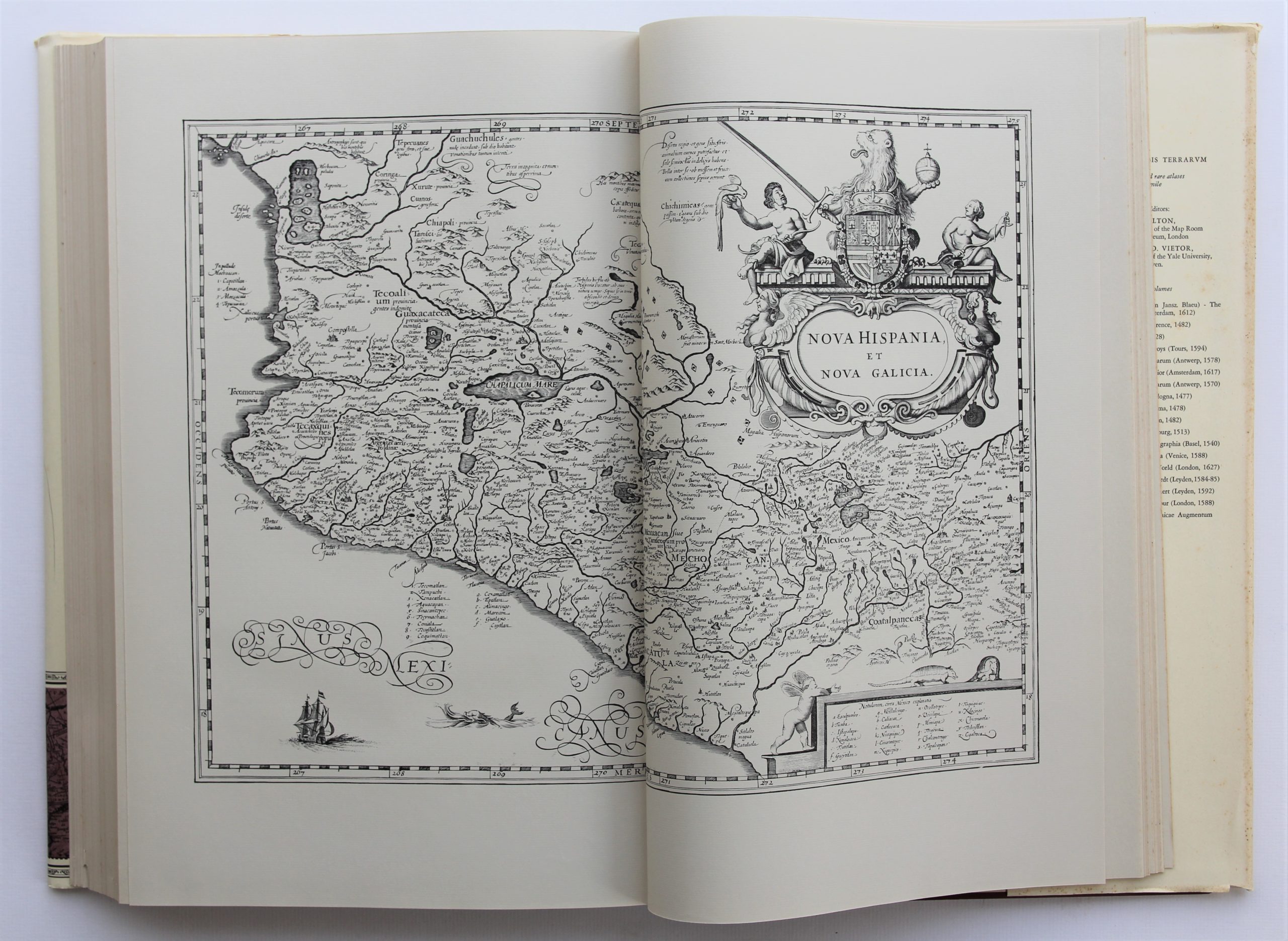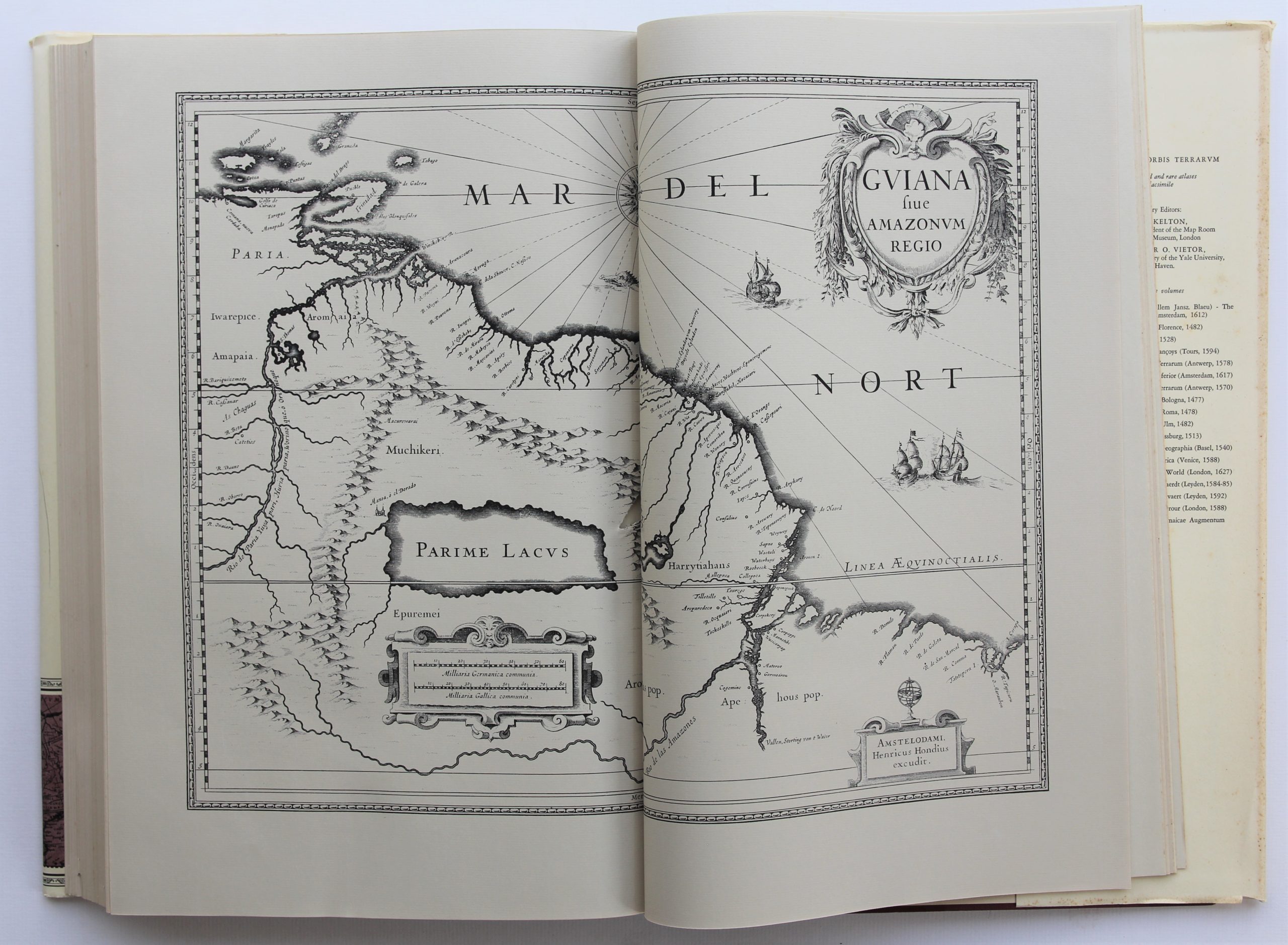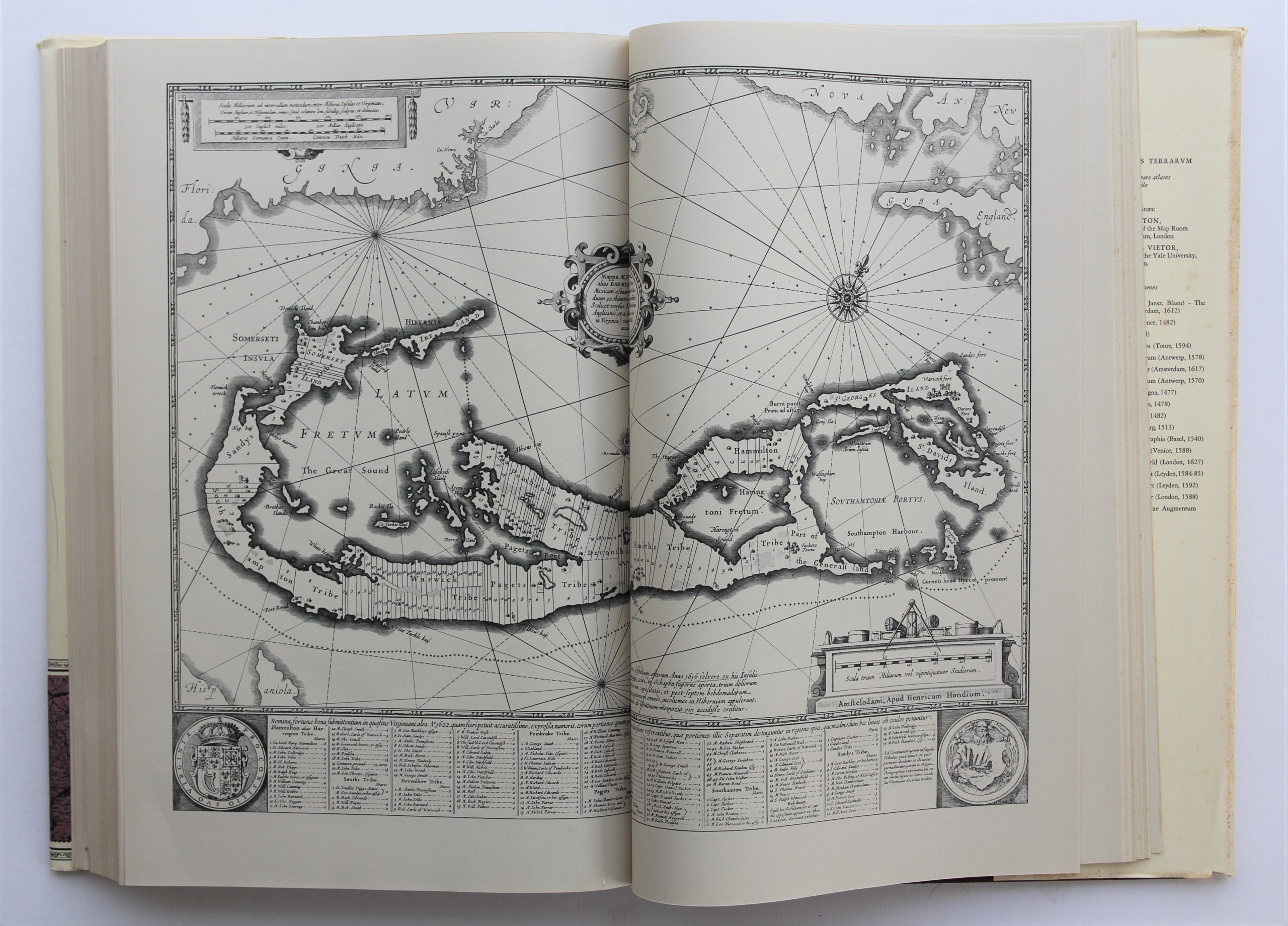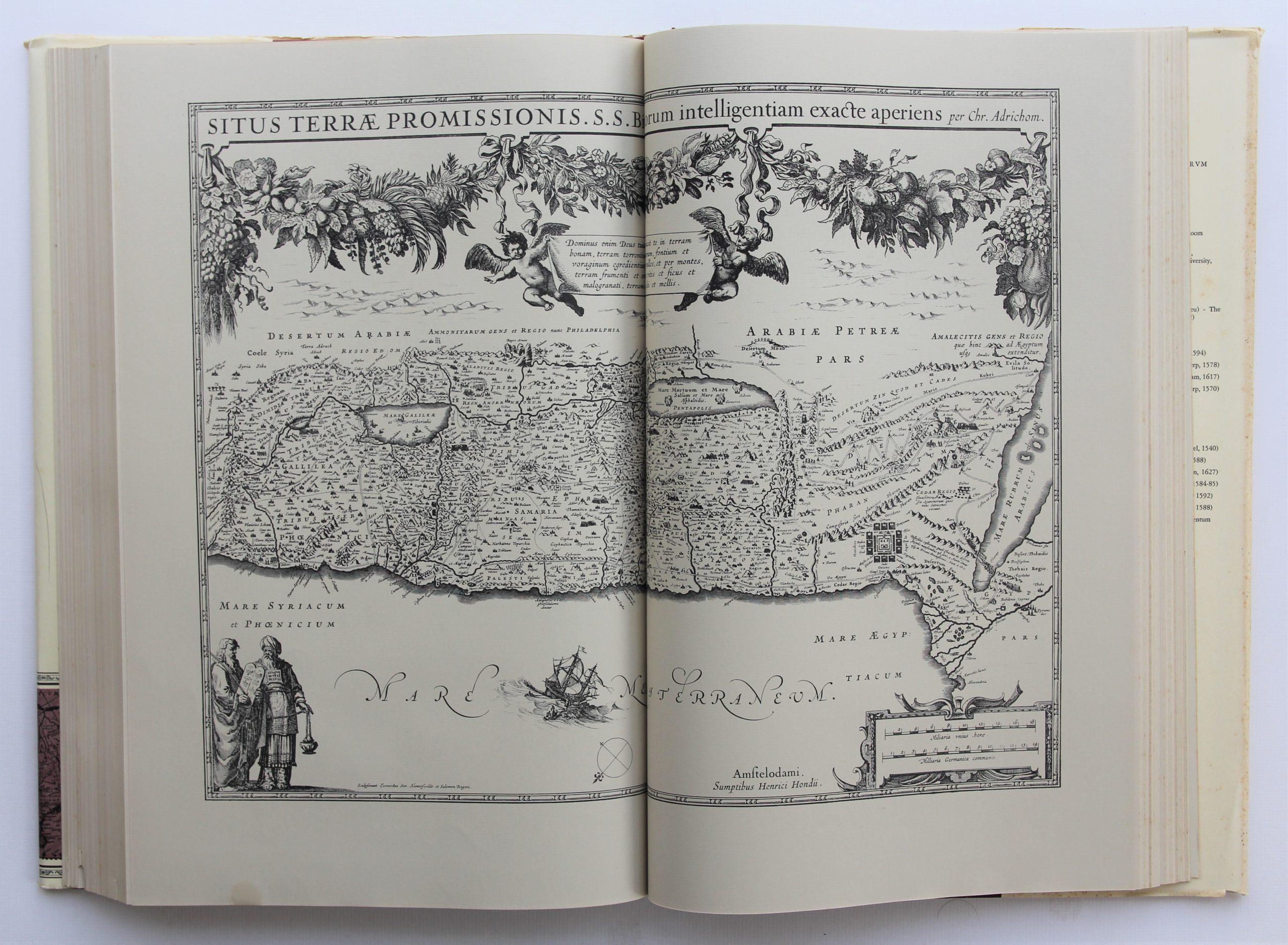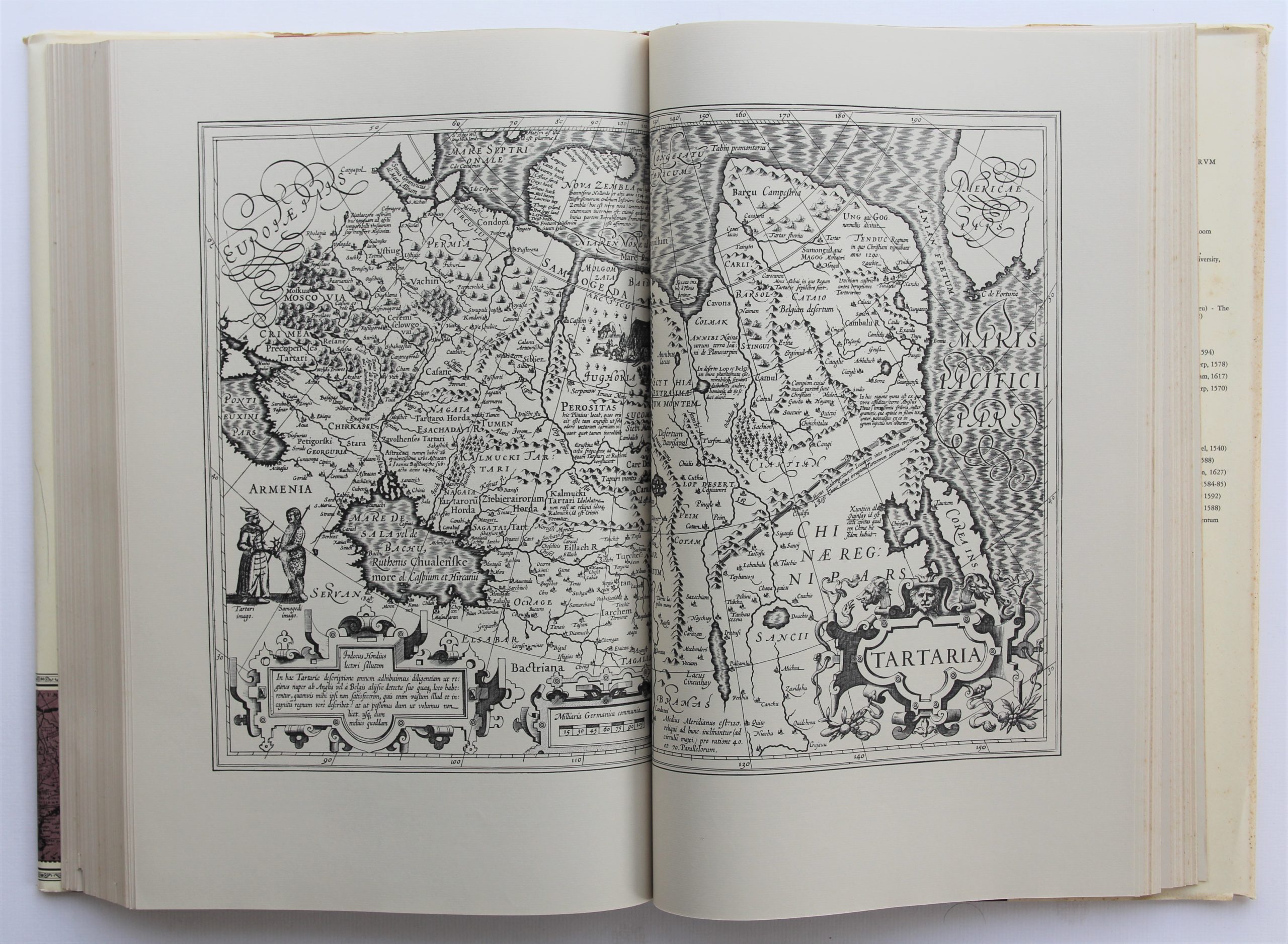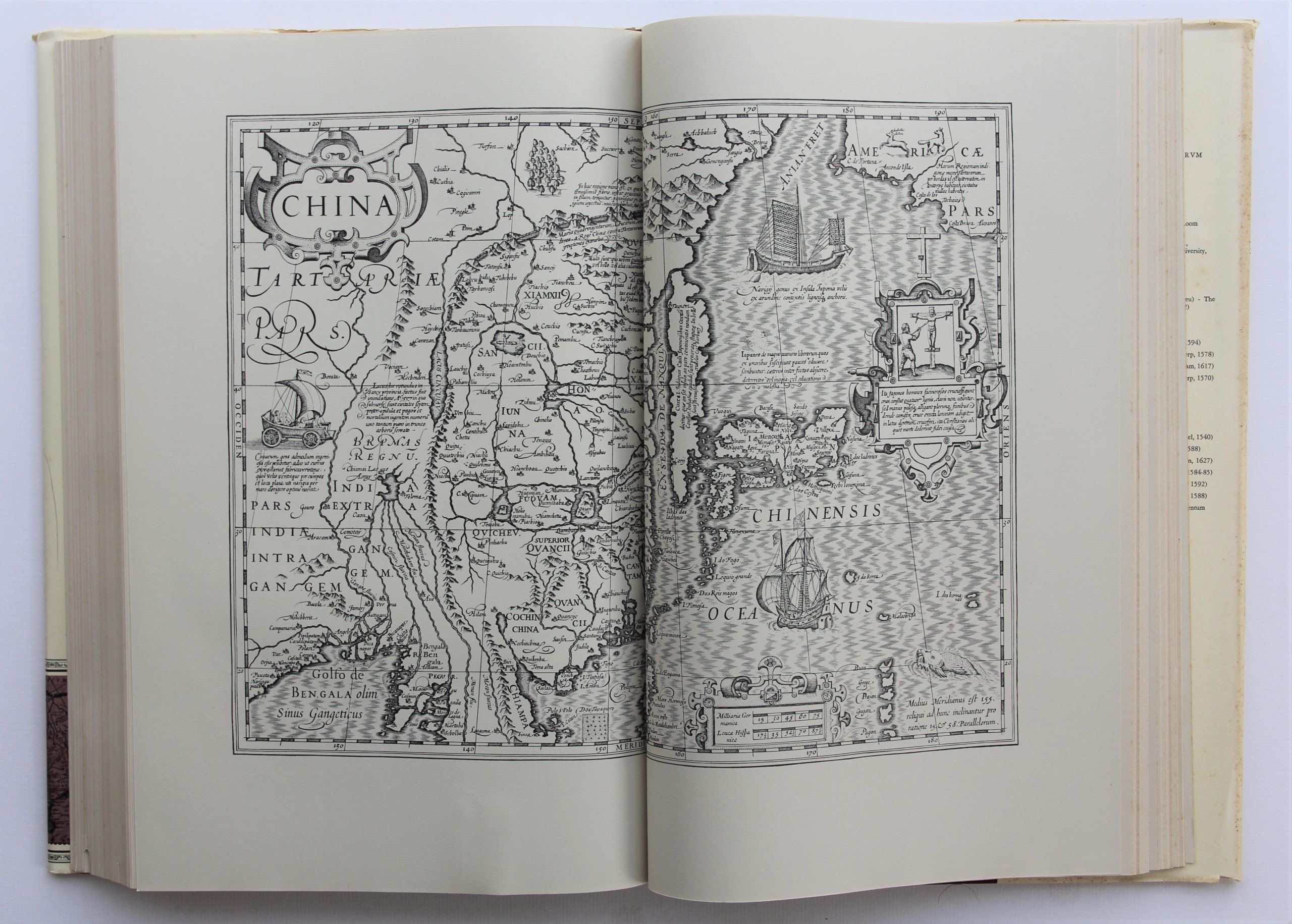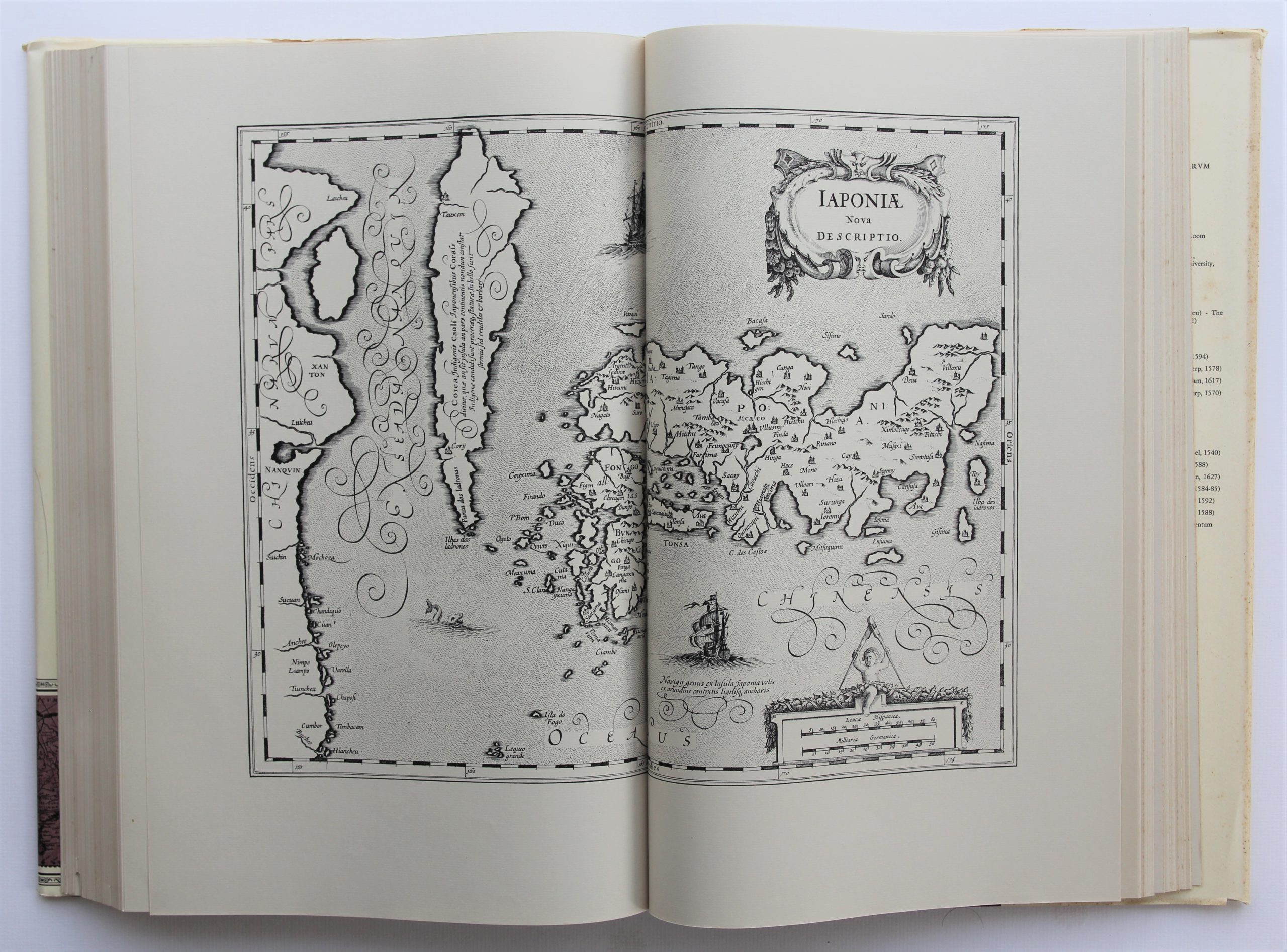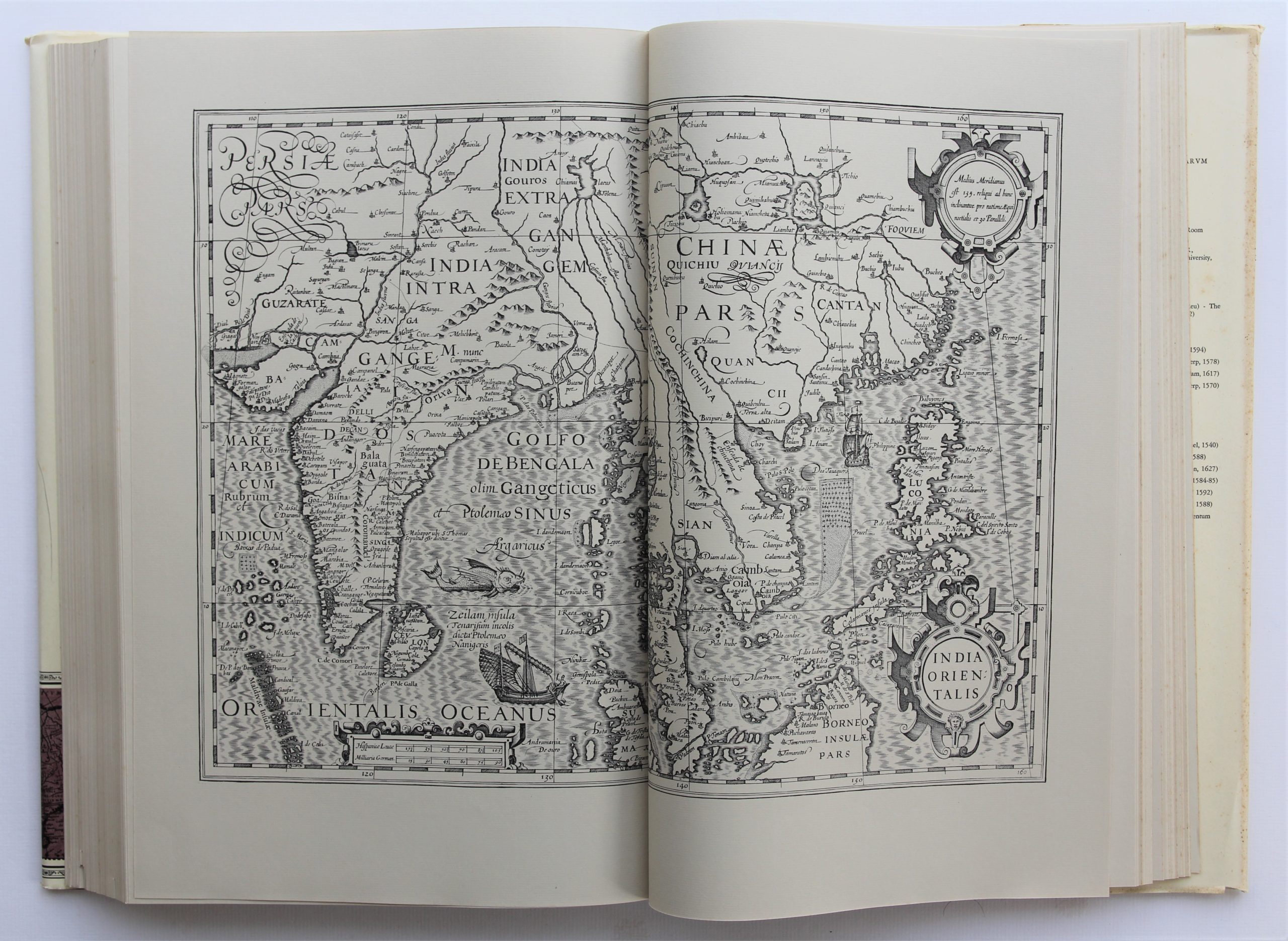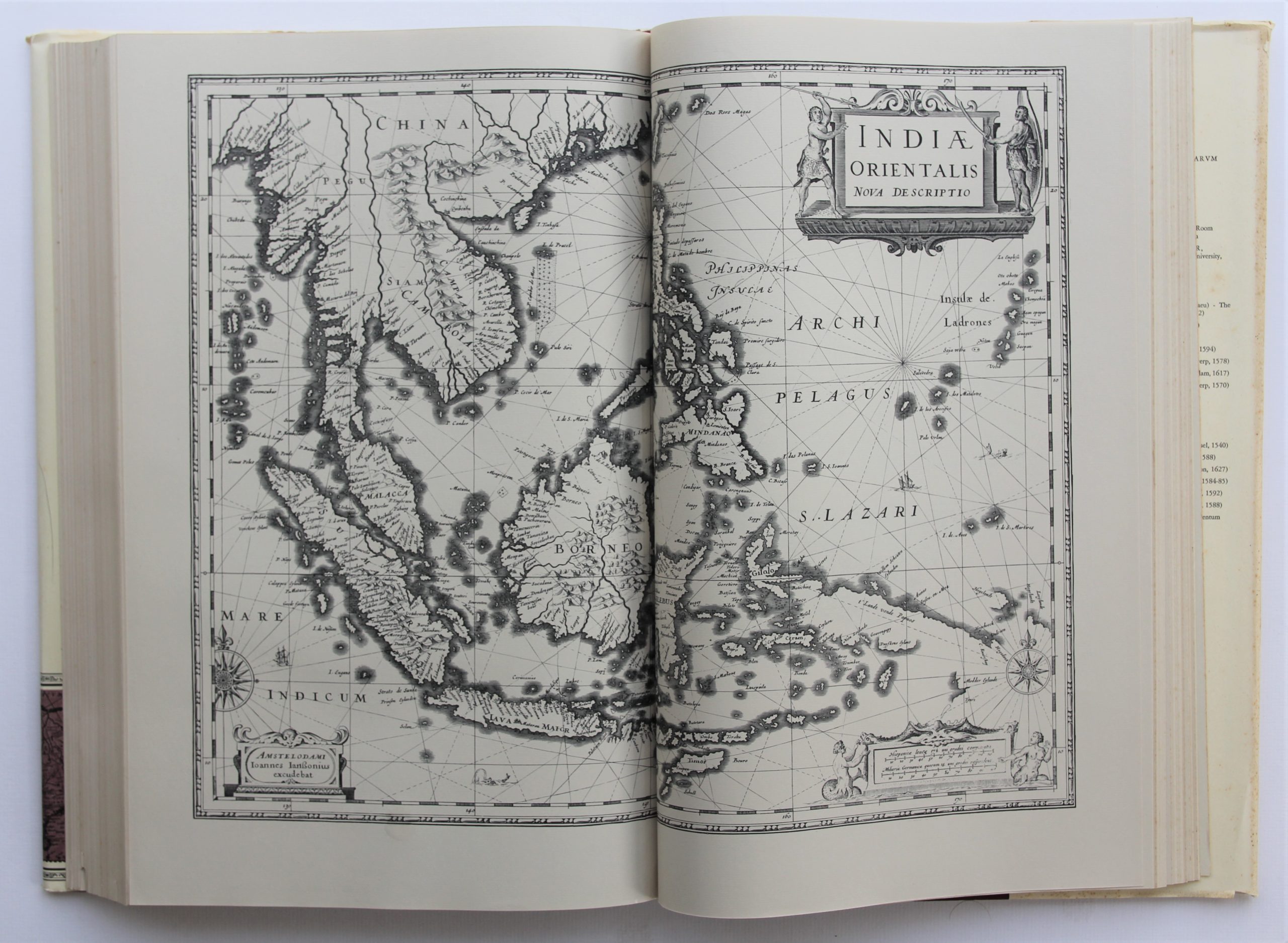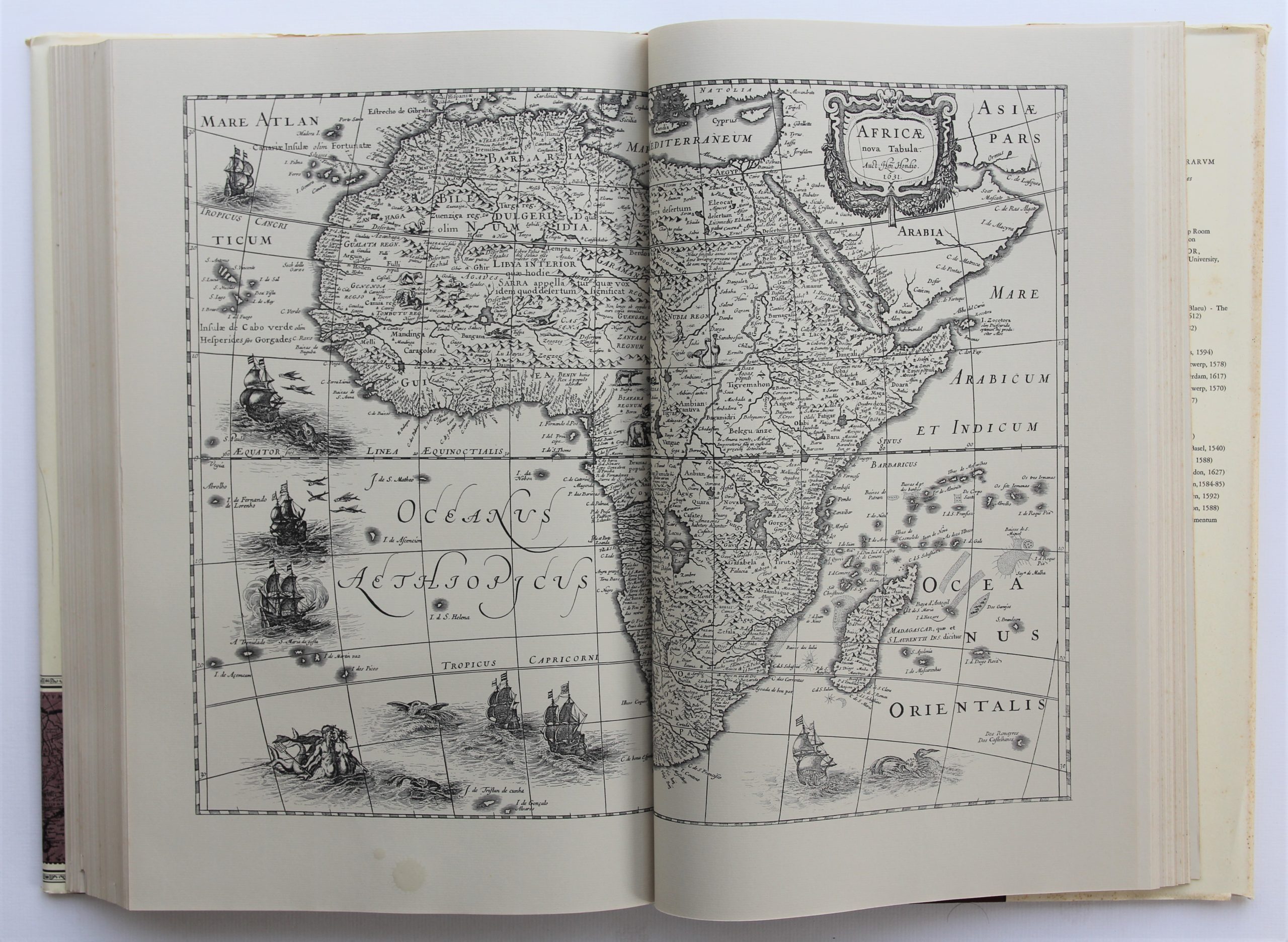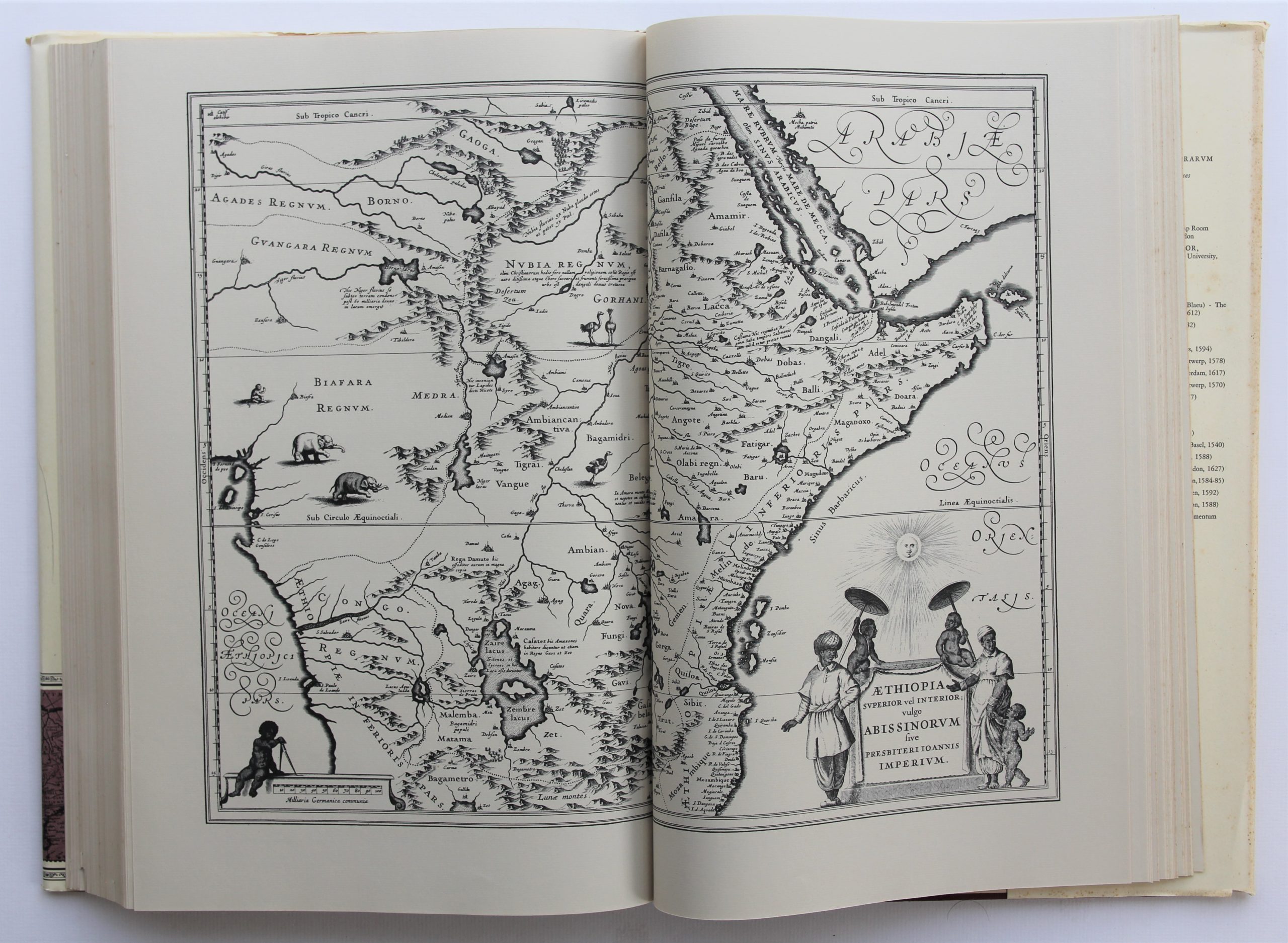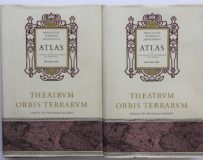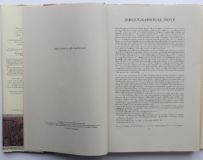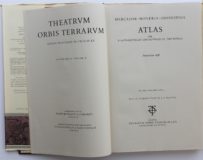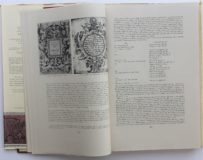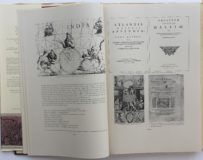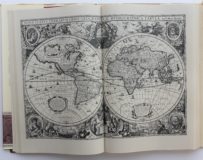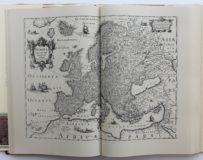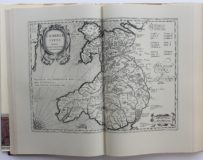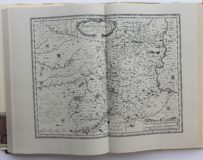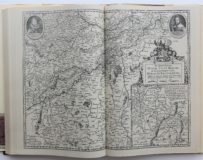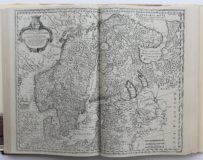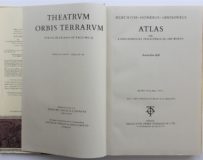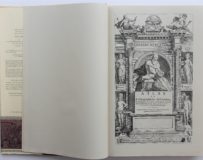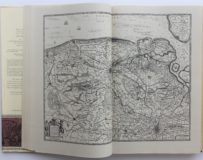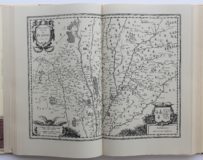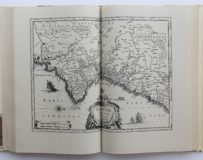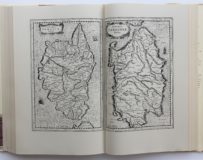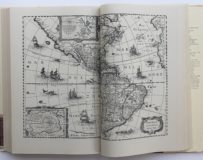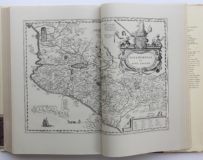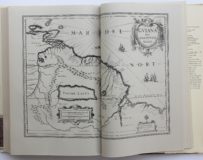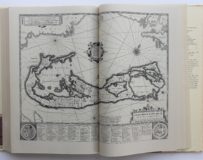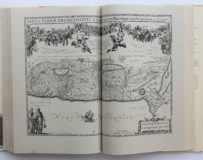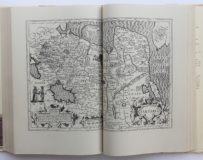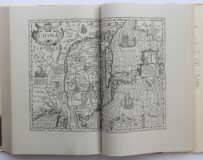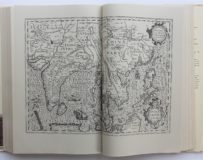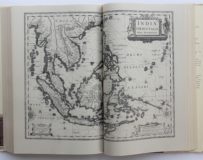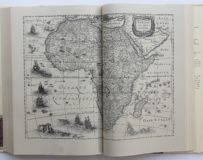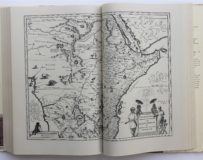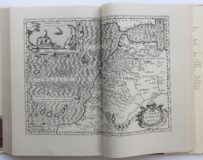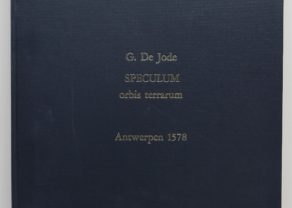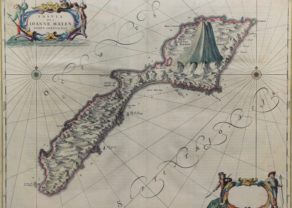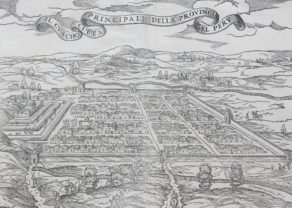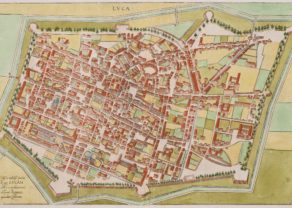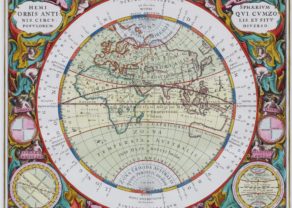Mercator-Hondius-Janssonius Atlas, facsimile
Limited facsimile edition of the iconic ‘Atlas’
Detail
The ‘Atlas’
Date of original publication: 1636
Date of publication of the facsimile: 1968
Introduction in English by R.A. Skelton, including a list of publications and a comparative table with the editions of Blaeu
Two volumes: respectively with 404 and 500 pp.
197 B/W maps
Limited edition of 800 copies (see second picture)
Publisher: nv Theatrum Orbis Terrarum
Dimensions: 3,3 x 47 cm
Condition: A+, but used; dusk jacket a bit wrinkled
Language: text of atlas maps in English
Due to its volume and weight, the standard shipping prices (see below) do not apply. For this work the following shipping costs apply:
- Europe: 60 euro
- Worldwide: 80 euro
In stock
The ‘Atlas’, an iconic atlas
Subtitle: ‘a geographicke description of the world’
The copper plates of Gerard Mercator’s maps were sold in 1604, possibly to Cornelis Claesz. A bit later Jodocus Hondius got hold of them, which gave his career an enormous stimulus. When he died in 1612, his sons Jodocus II and Henricus took over. Much later, Johannes Janssonius, his son-in-law, joined the family business.
Over the years the Hondius family produced several atlases. One of the most famous ones was called ‘Atlas’, produced between 1633 and 1638. Commonly, this atlas is also named the Mercator-Hondius-Jansonius atlas. In 1636 an English edition saw light. The Atlas contains many iconic map, ever produced by the ‘Hondius House’. (see, inter alia, the pictures).
In 1968 the publishing house Theatrum Orbis Terrarum Ltd produced a facsimile ononly 800 copies (the copies are not numbered). The facsimile is composed of two volumes (as did the original one):
- Volume 1: Northeren and Eastern Europe and Germany (404 pp.)
- Volume 2: The Netherlands, France, Southern Europe and the Continents (500 pp.)
There are 197 double-page maps, all in black & white, some of them folding. Limited edition, one of only 800 copies printed. Folio, hardbound in maroon linen with gilt insignia on front covers and gilt and black title on spines, with dust jackets. The maps are described in English; so is the comprehensive introduction by R.A. Skelton (pages V to XXVII).
